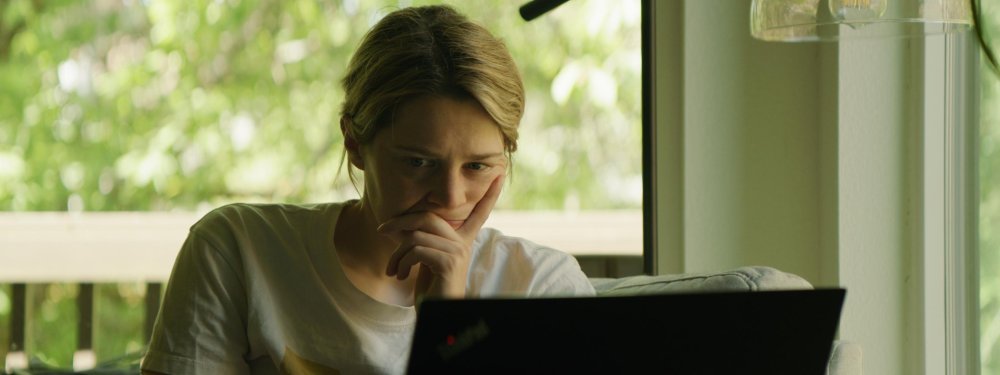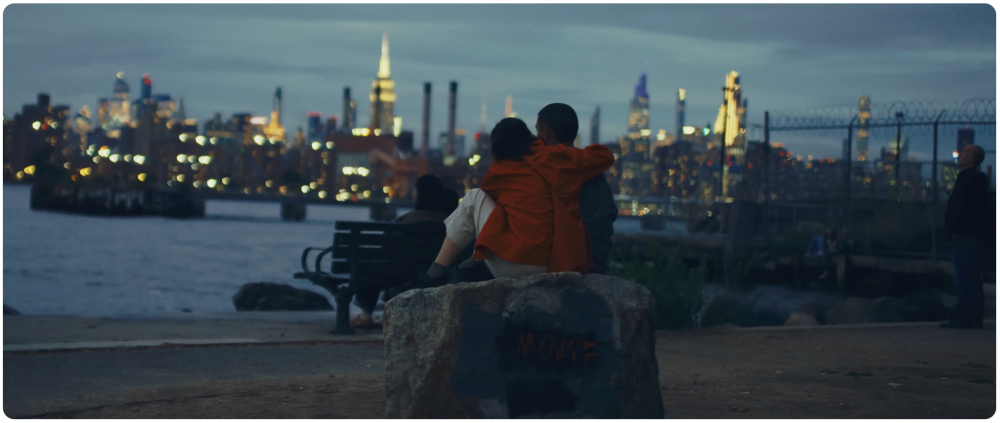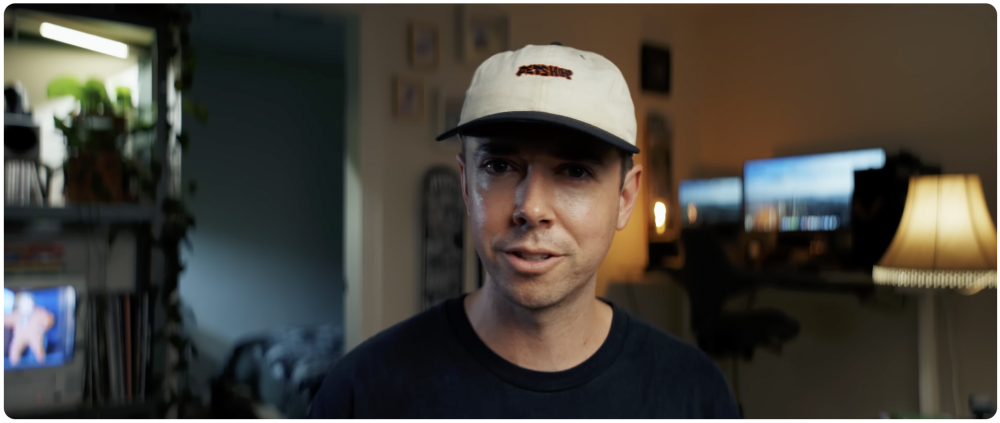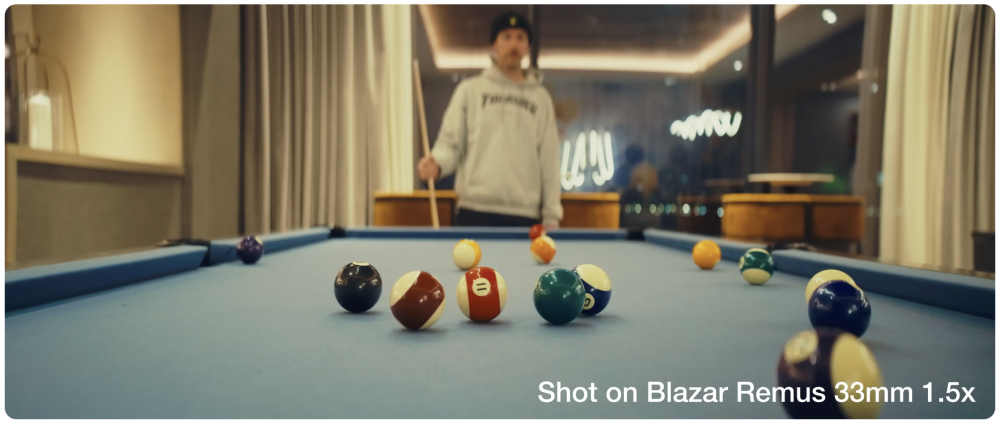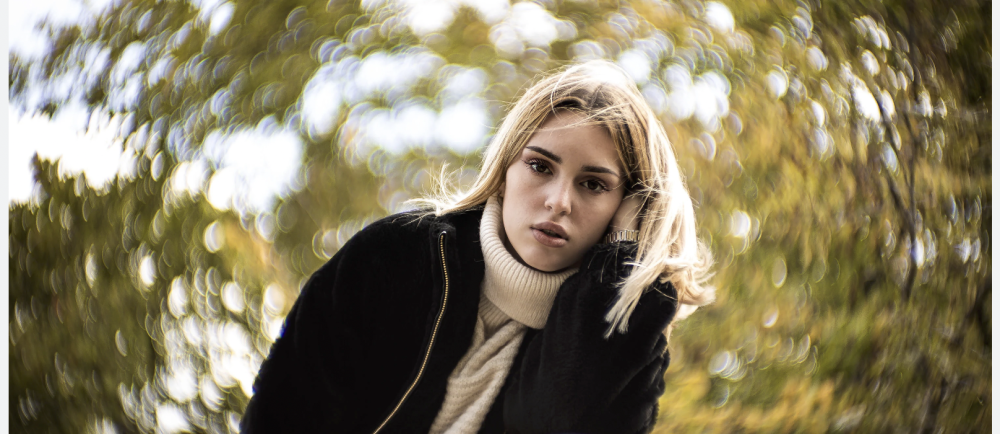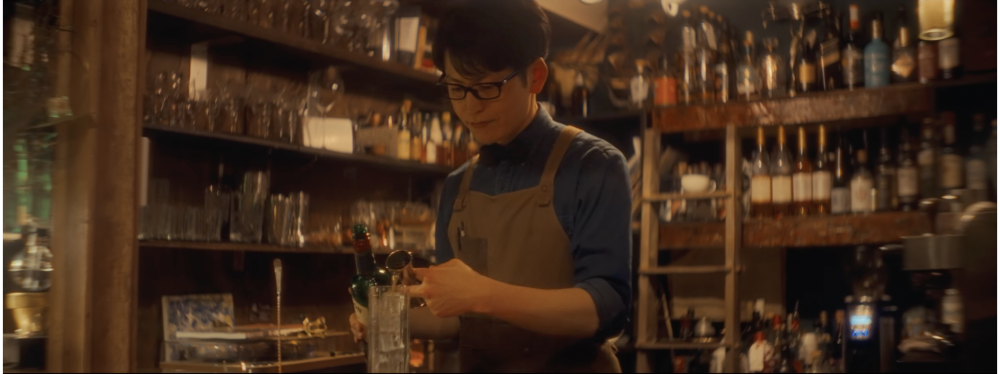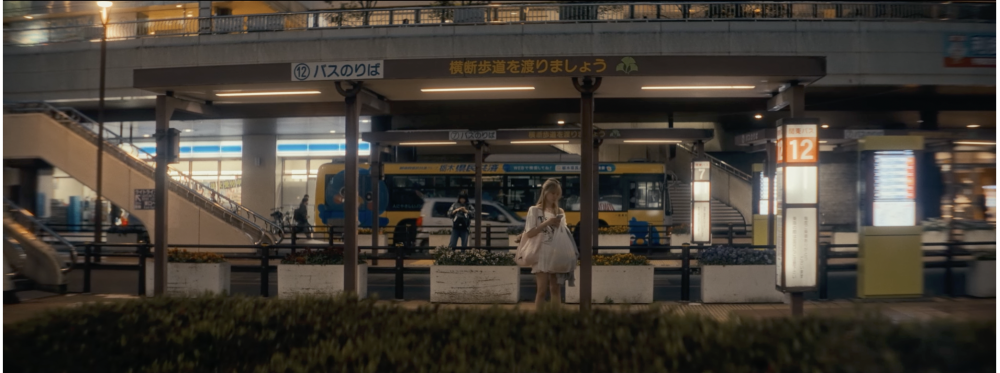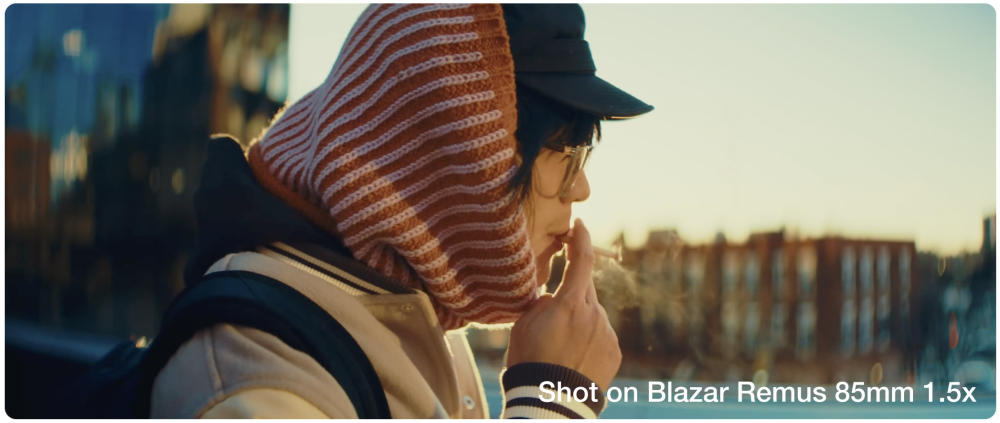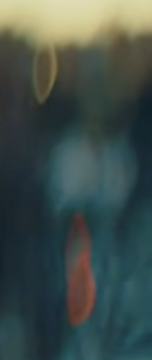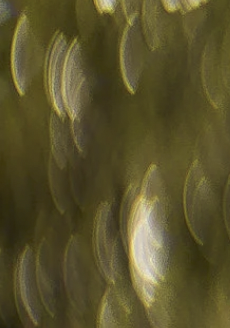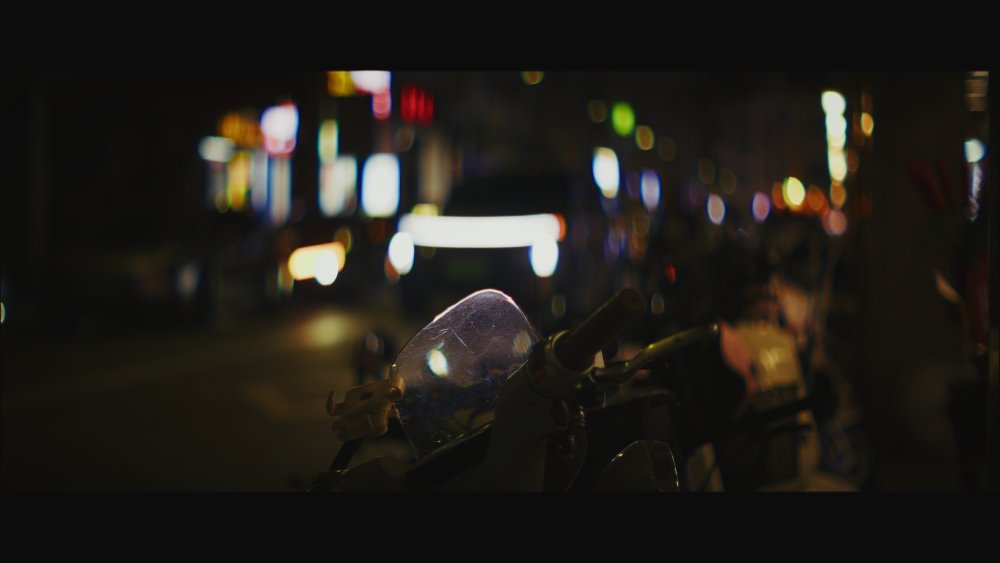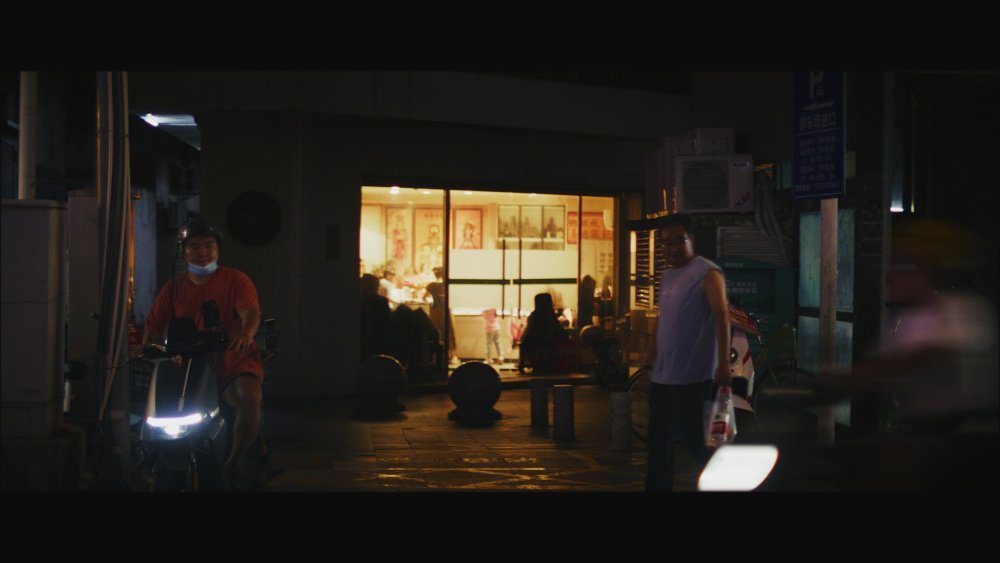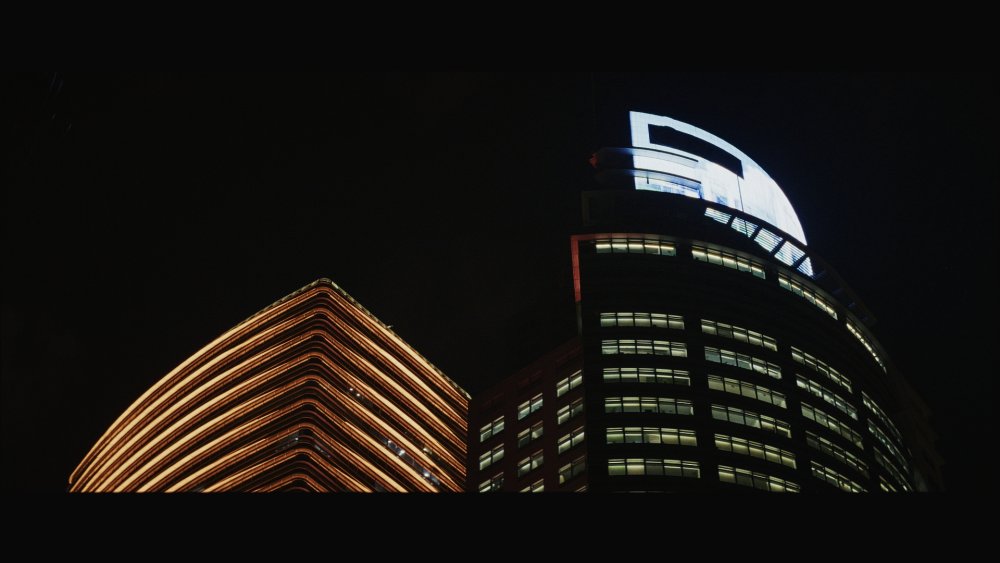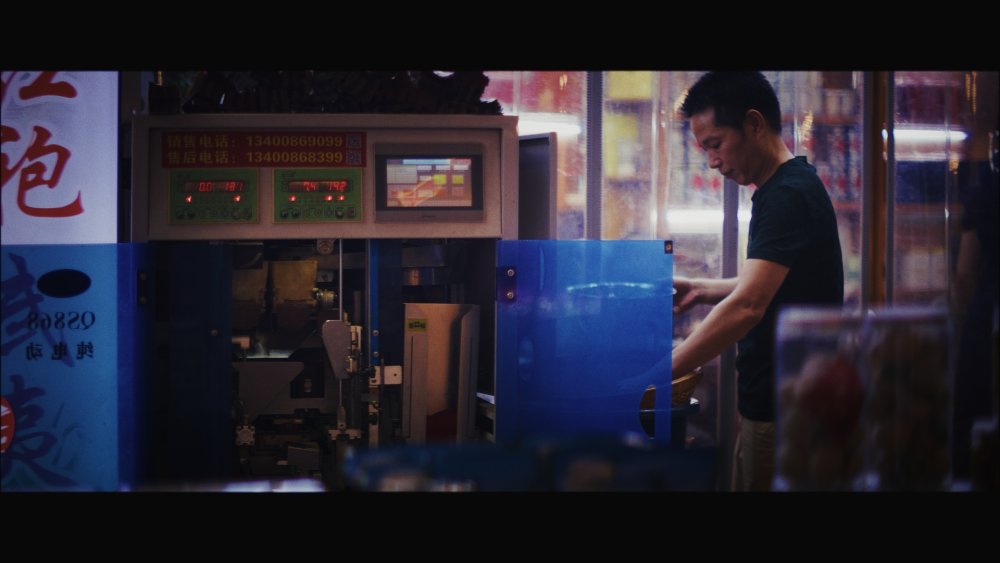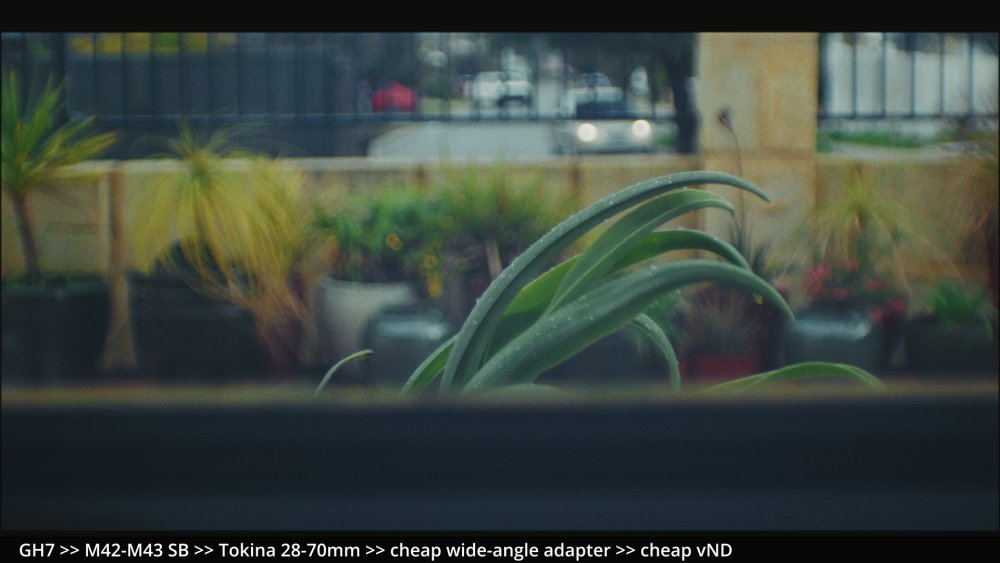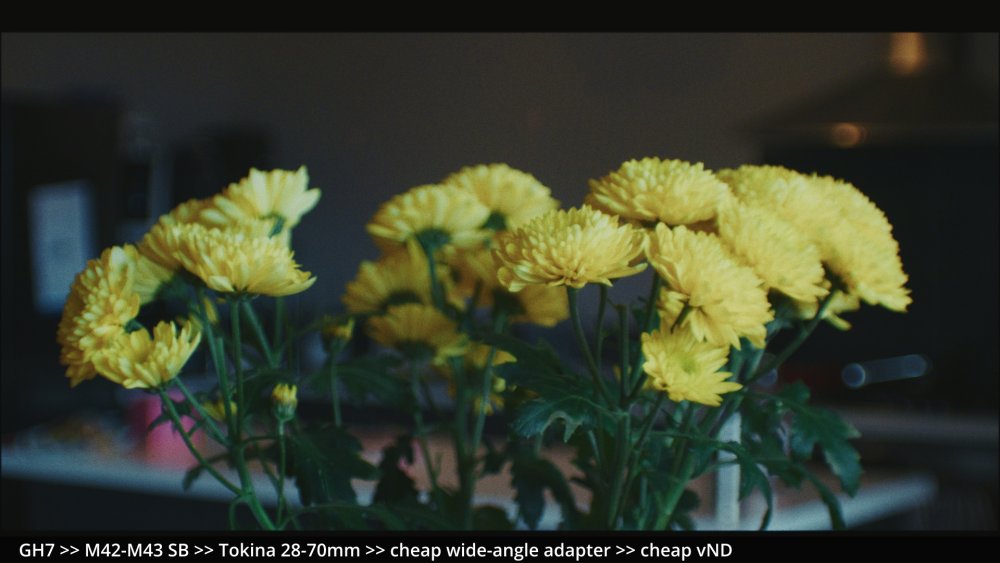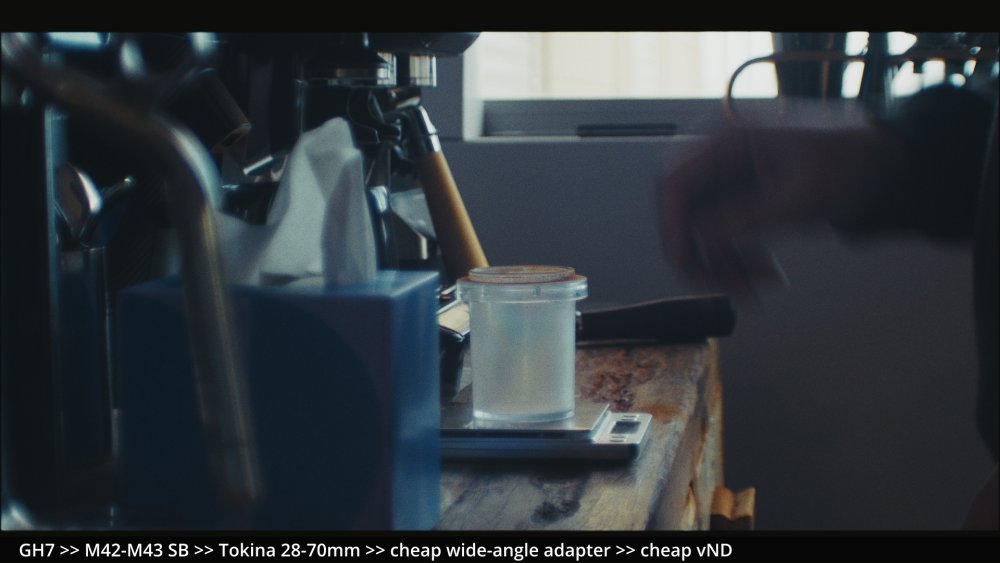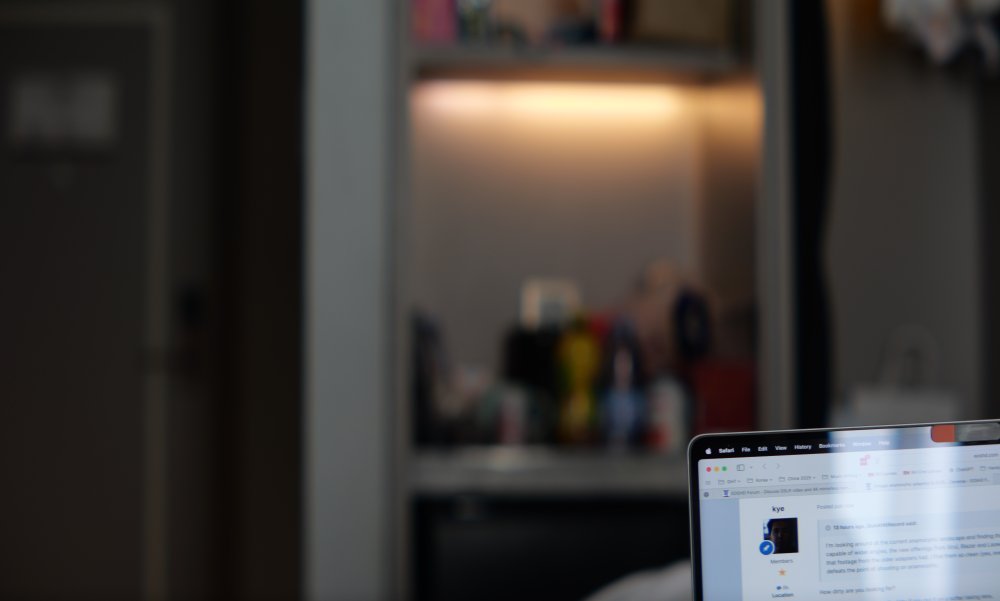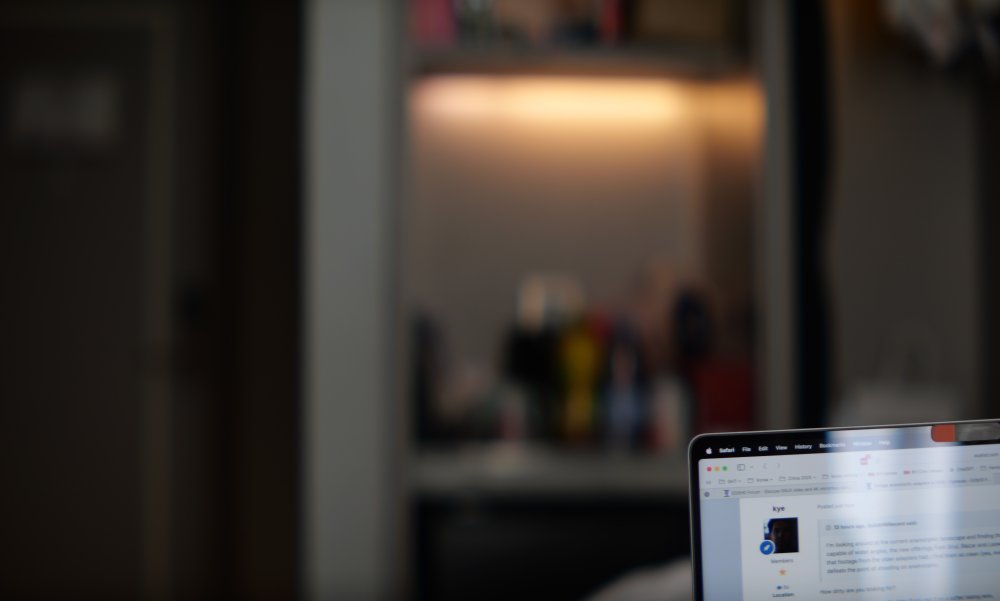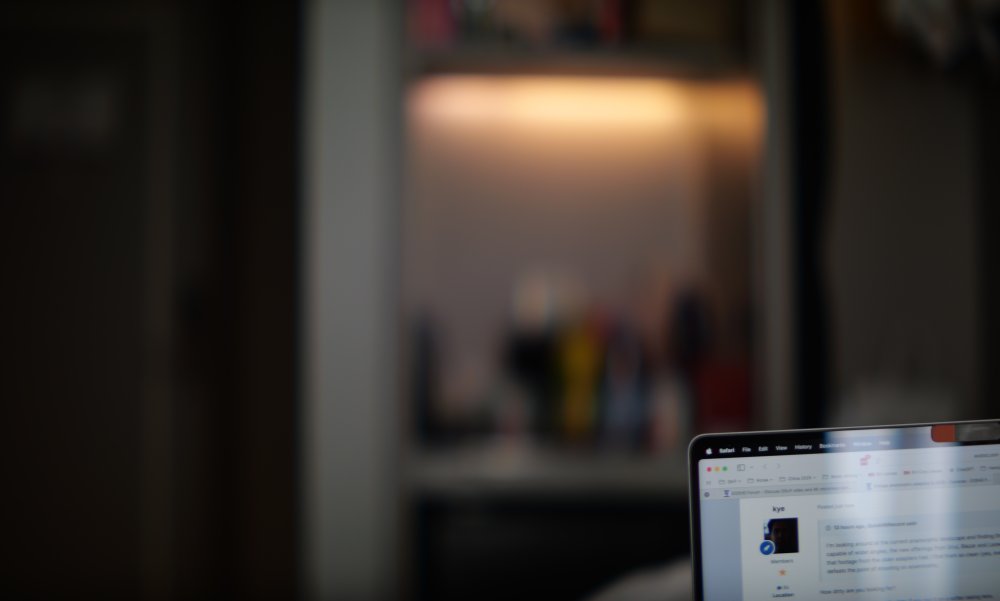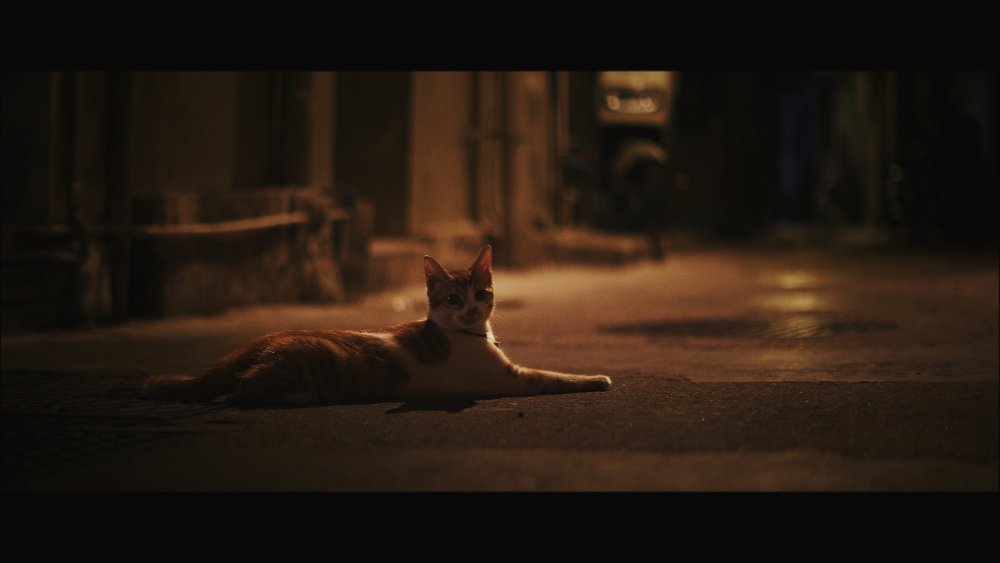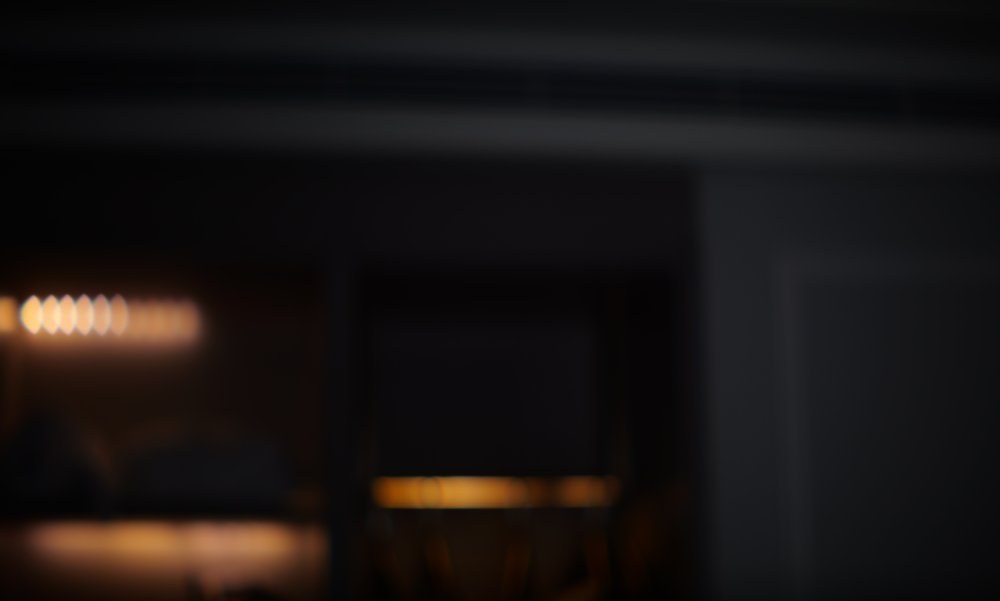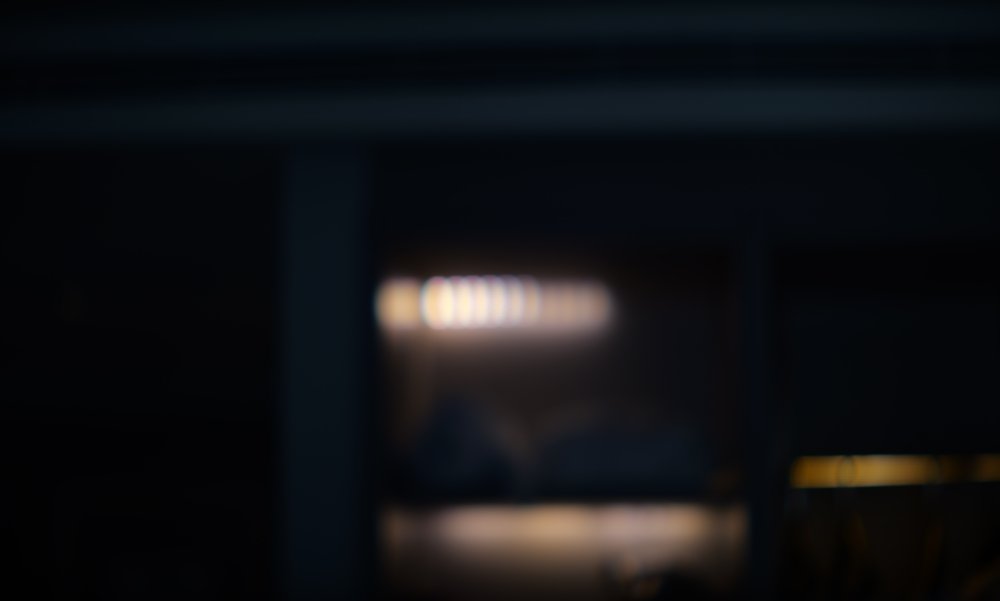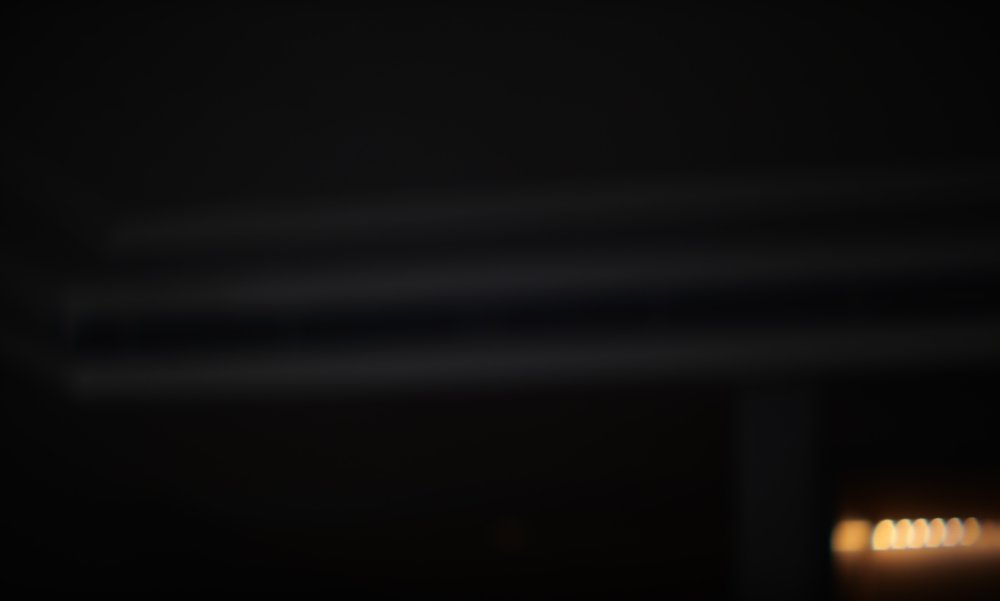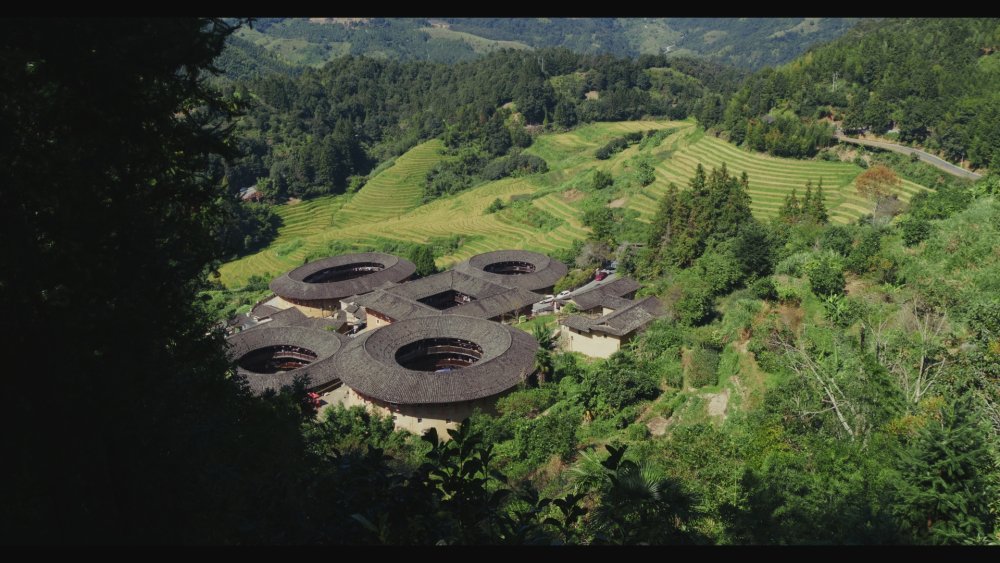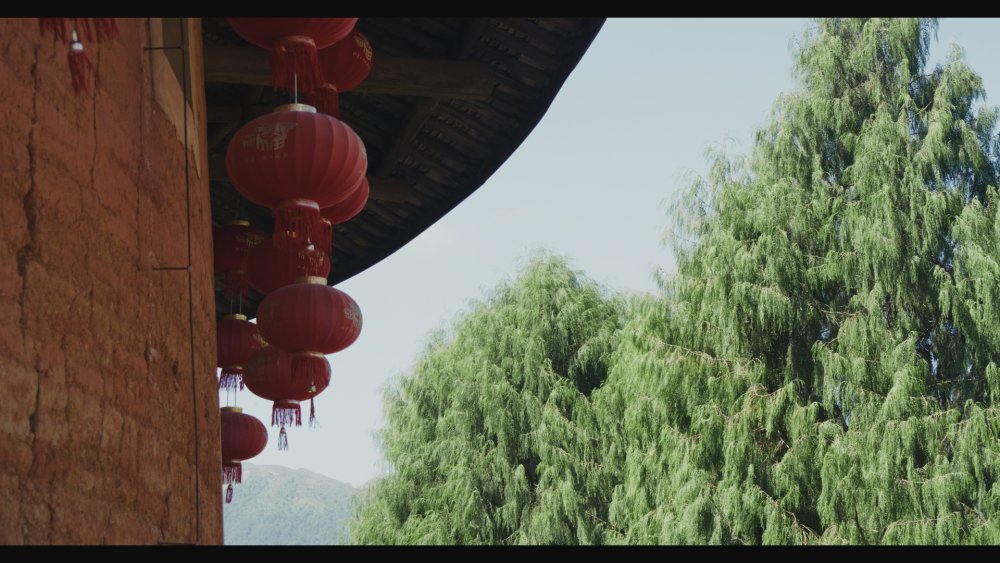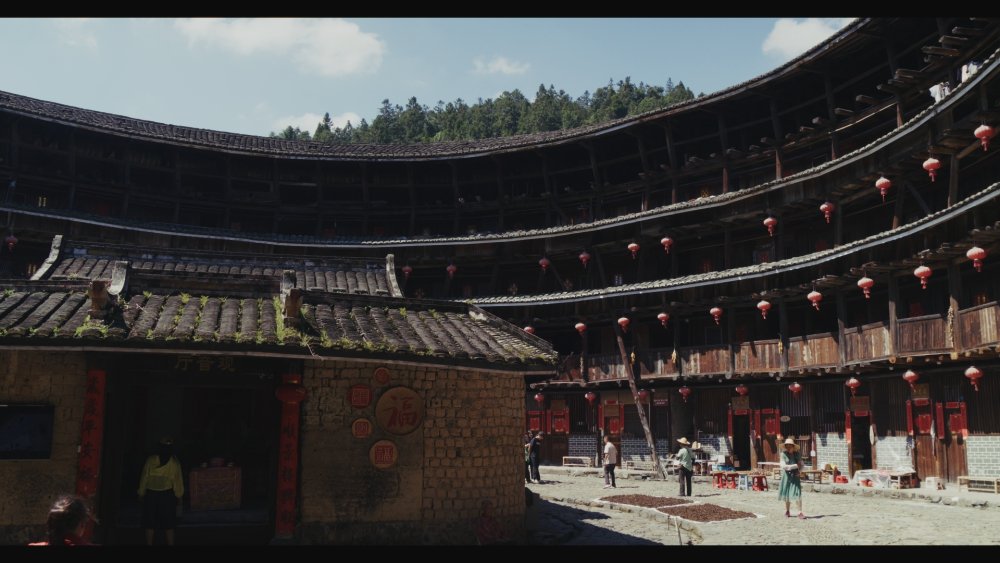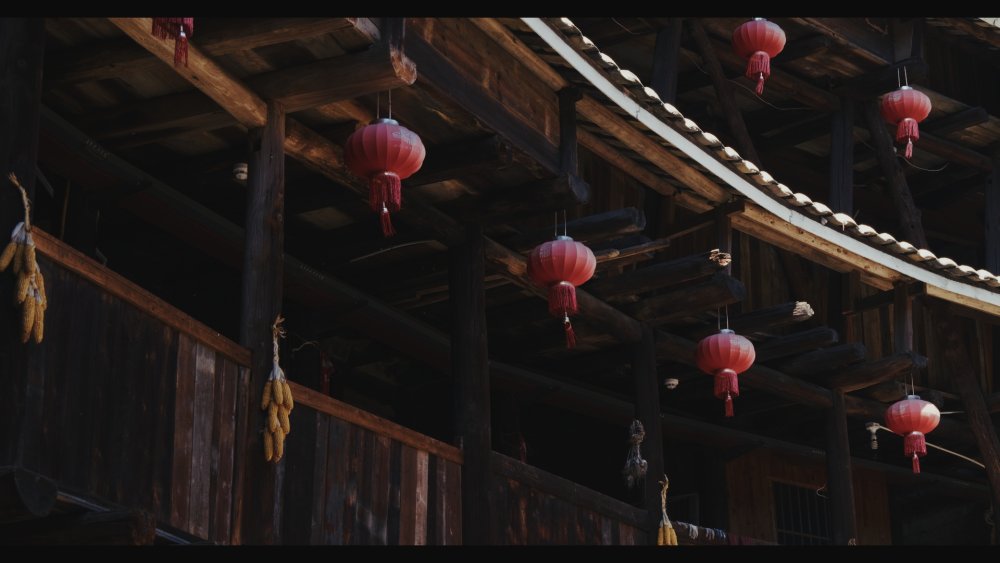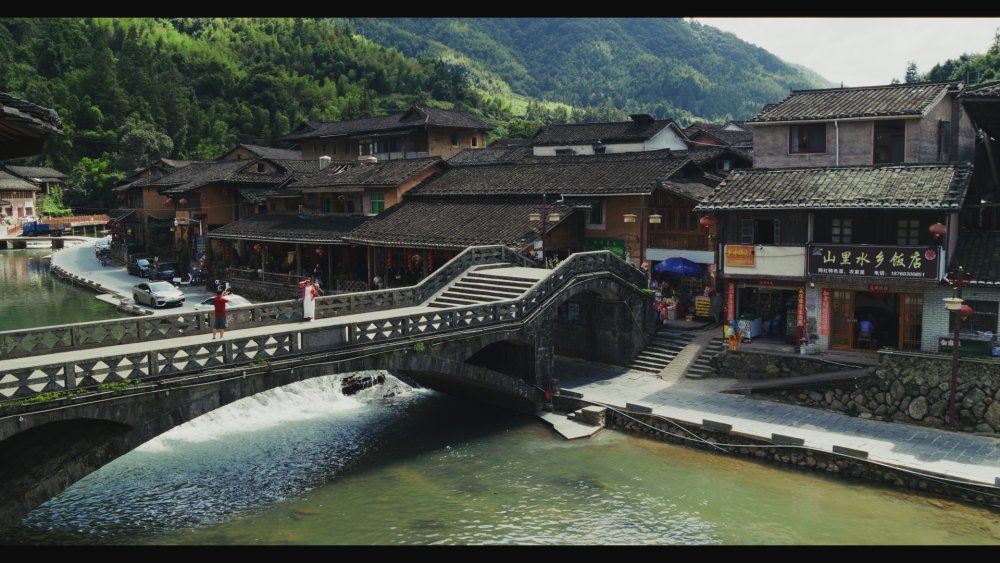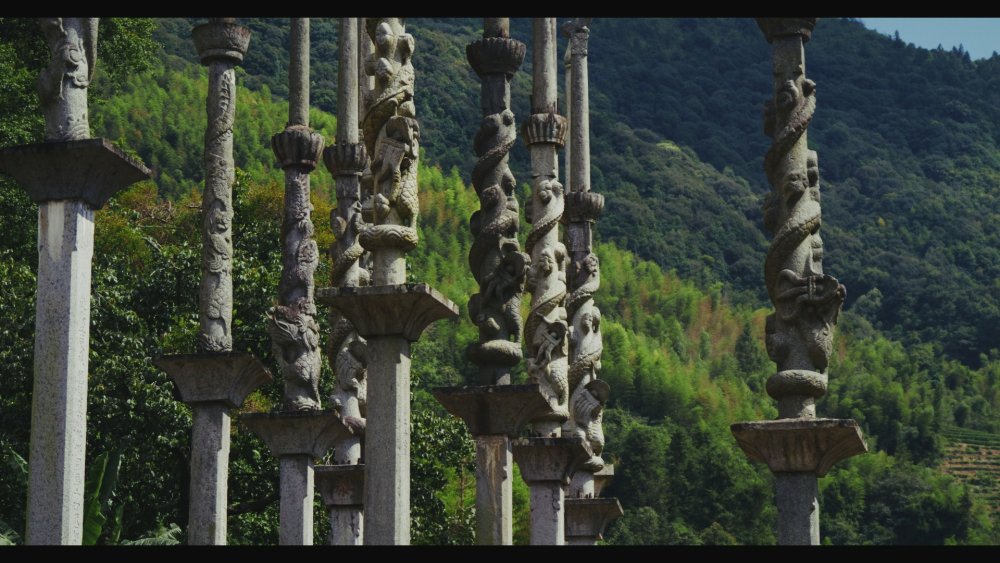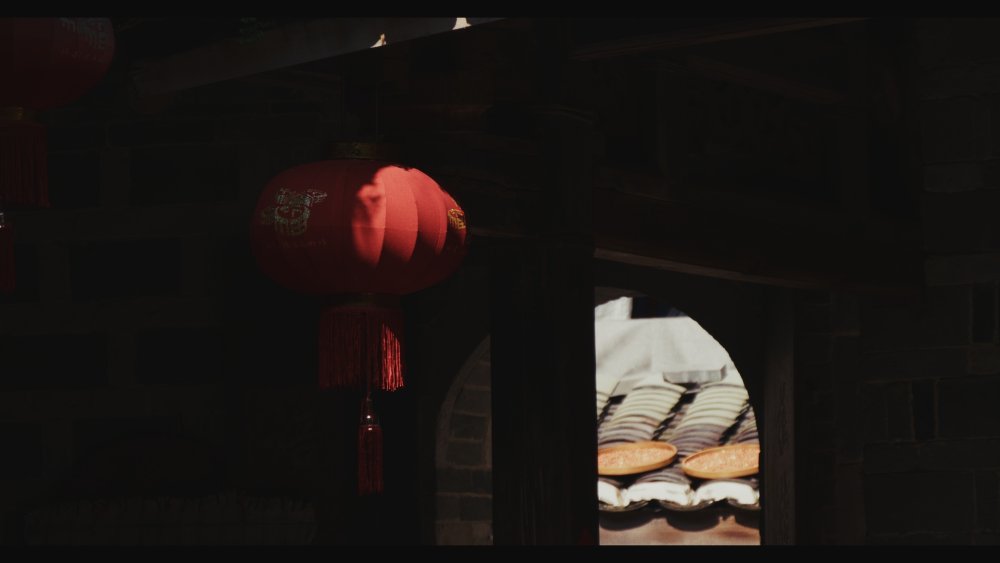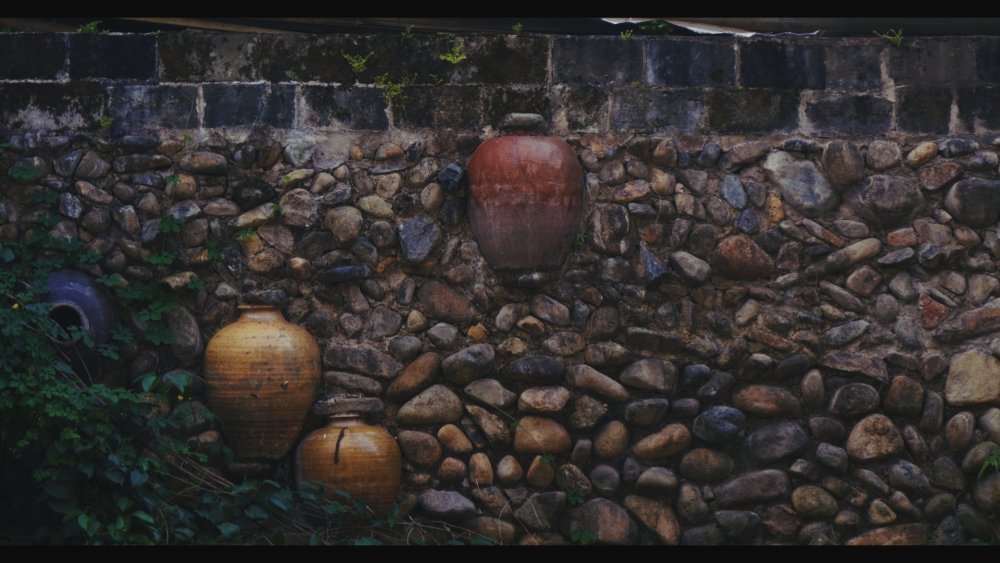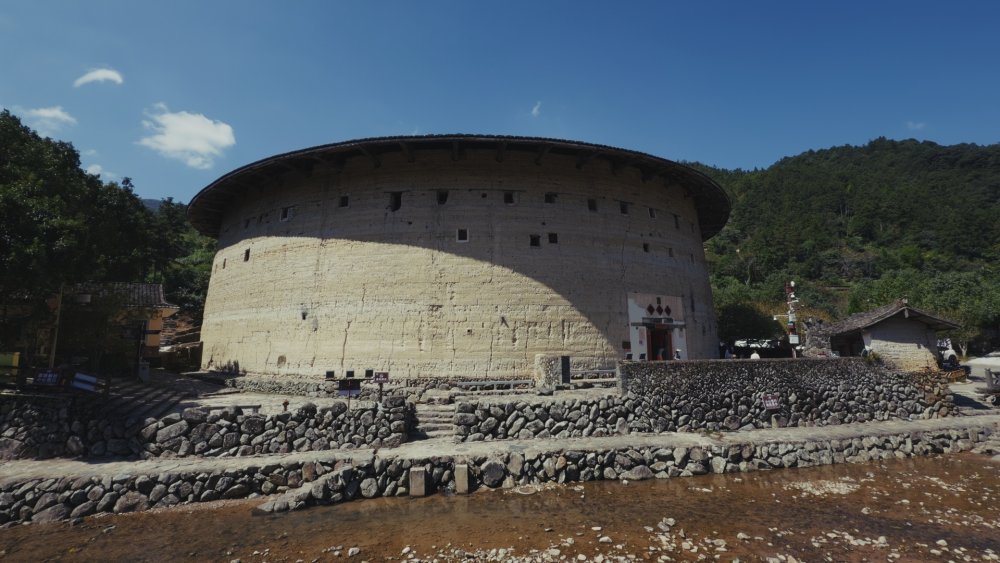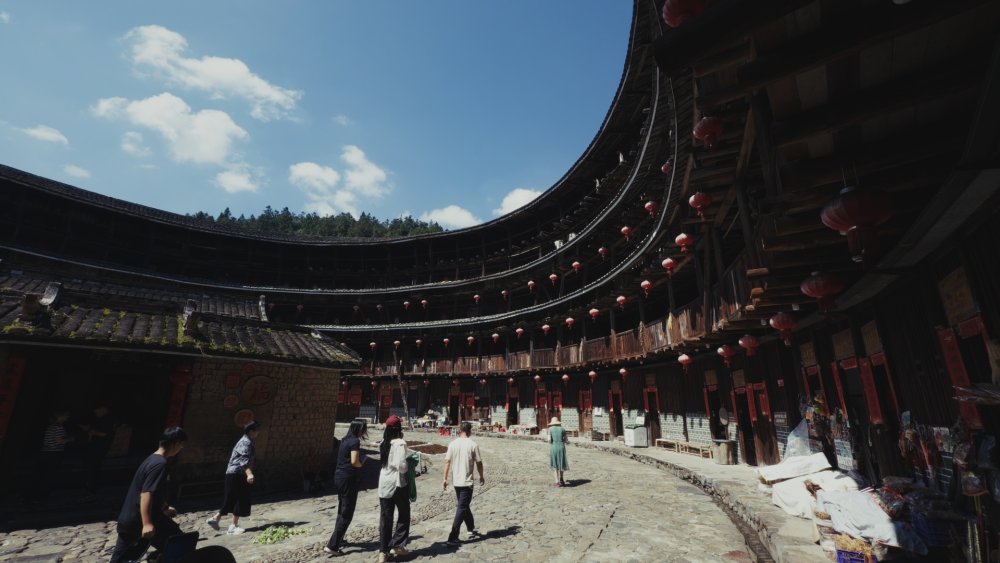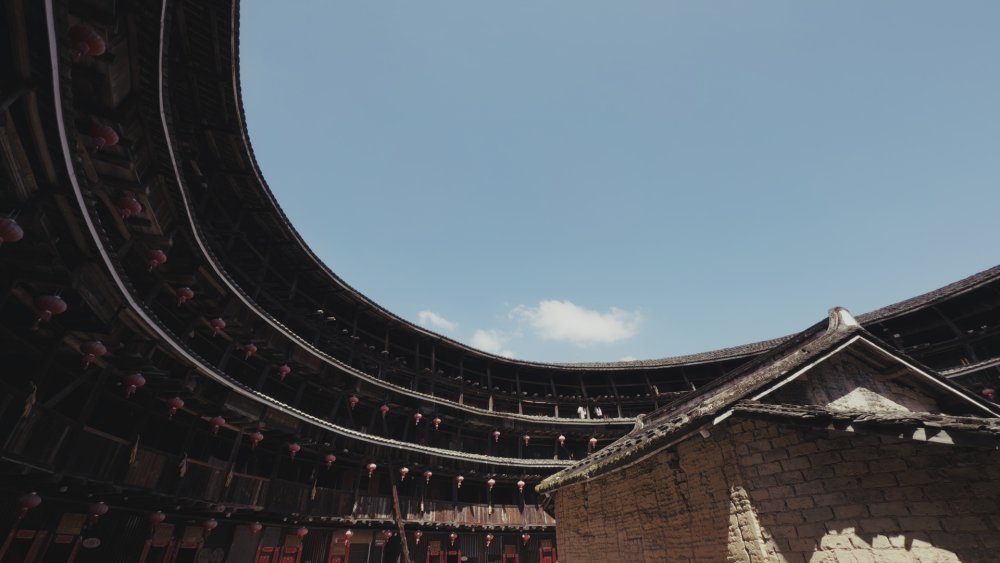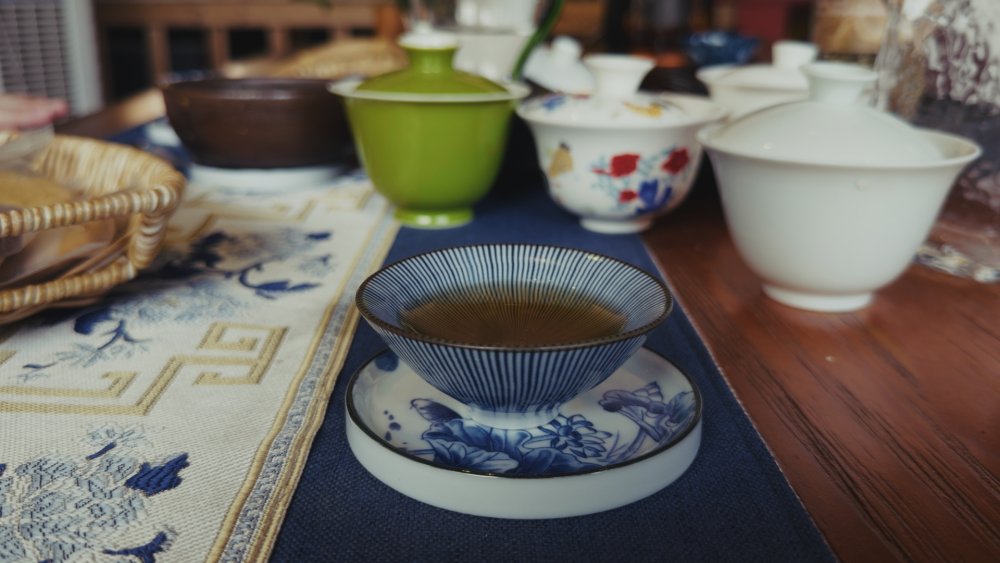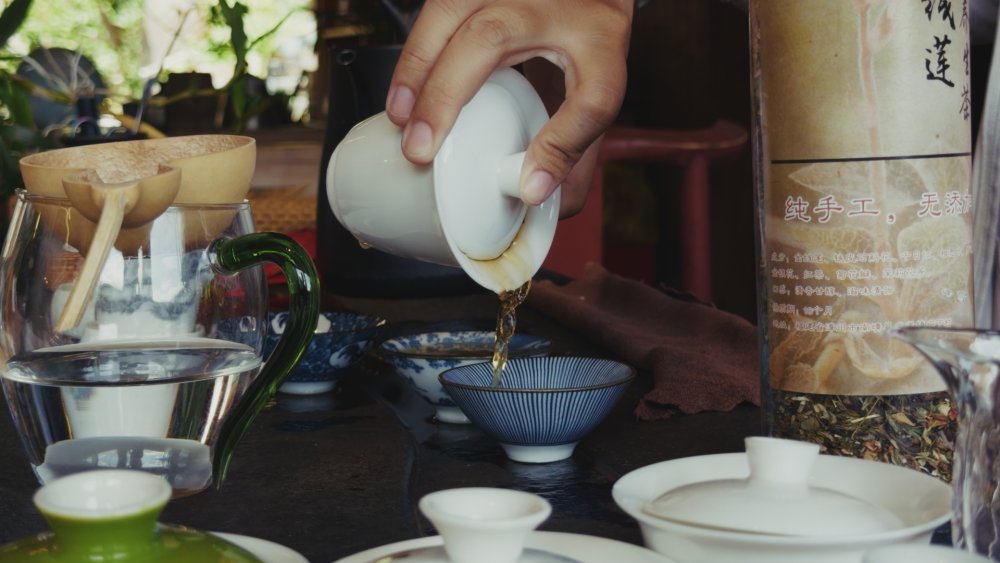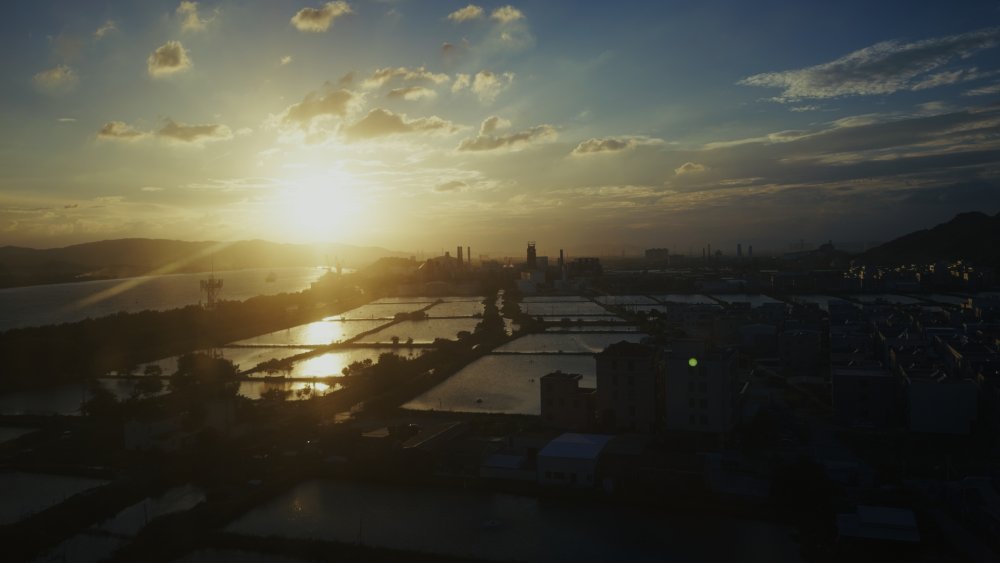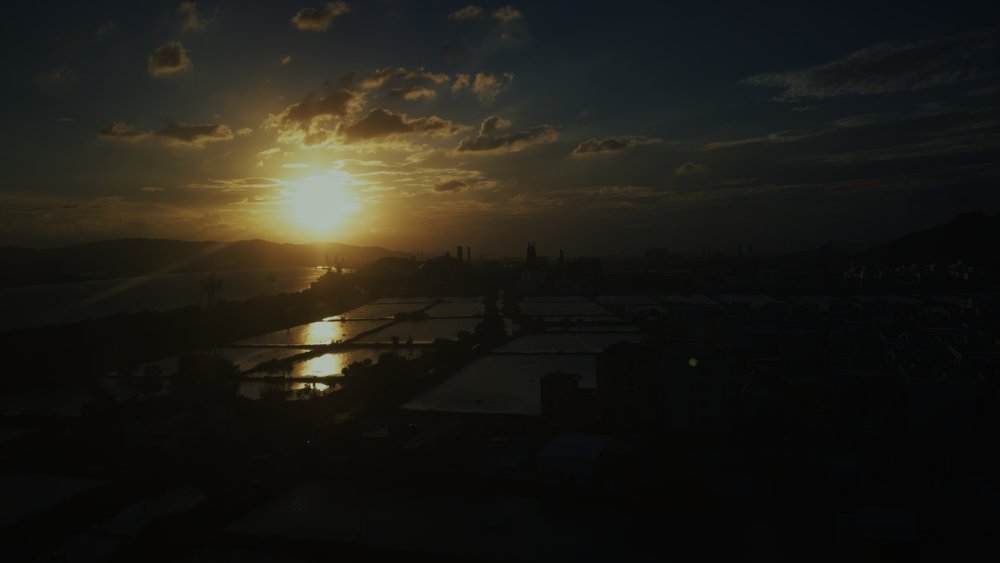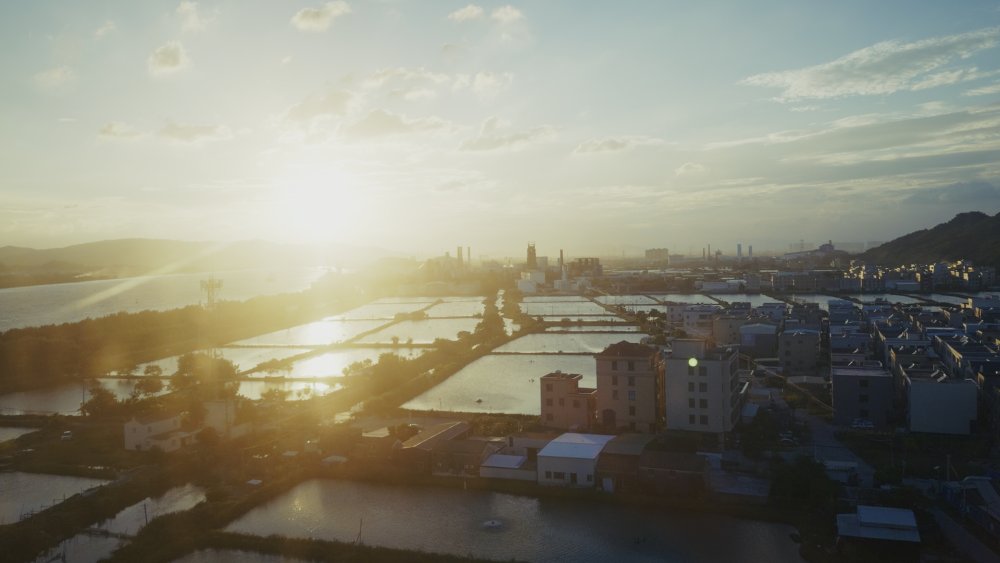-
Posts
8,032 -
Joined
-
Last visited
Content Type
Profiles
Forums
Articles
Everything posted by kye
-
It's quite easy to focus. Physically it's well damped and optically it's really sharp so the limitation is in how sharp the taking lens is and what sort of monitoring and peaking you have on the camera. Minimum FD is around 60-something cm, which I think is what the spec says. IIRC I tested it on the Voigt 17.5/0.95 and didn't really notice differences between that and other lenses, although I'm not doing much close up stuff. Yep, why stop down? 😄 Test shots here: More shots here: and here: The GH7 is a dream to use. The only "downsides" are it's not FF, it's physically large/heavy/chunky, it doesn't have a 1.25x anamorphic de-squeeze (so I use the 1.33x one which works fine), and the punch-in focus assist only goes to 6x. That's literally everything I can think of. That would only let me focus closer, wouldn't it? I don't find close focus to be an issue with it, just looking for something with shallower DOF. My Takumar 50mm F1.4 arrived today, so I'll be playing with that.
-
On my last trip I shot with the GH7 >> Voigtlander 42.5mm F0.95 >> Sirui 1.25x anamorphic adapter, and was really taken with the images, which remind me of 90s/00s cinema. But the setup was big, heavy, and didn't have as much shallow DOF as I wanted as I was shooting a lot of compositions at a distance without having many/any things in the foreground. Optically it's equivalent to a 68mm F1.5 on FF. A good horizontal FOV, although it's a 'between' amount and I would go wider and crop rather than going tighter. Physically it's large and heavy, weighing 2.1kg 4.6lb and with the 82mm front gave me very little stealth factor, further justifying shooting street with such a long focal length. Despite me shooting in busier areas and stopping when I first come upon a composition, people clocked me very frequently. In terms of the brief, I think that I want: - similar horizontal FOV (H-FOV) - shallower DOF - similar softness (the Voigts are nicely soft wide open, taking off the digital edge beautifully) - funkier bokeh, preferably stretched consistently vertically rather than swirly / cats-eye - smaller / lighter - not thousands of dollars I'm pondering how to get there, I've figured a few potential pathways... Vintage speedbooster - GH7 >> Speedbooster >> ~50mm F1.4 I already own a M42-MFT speed booster, which combined with a ~50mm F1.4 lens would give a 71mm F2.0 FOV. This is slightly deeper DOF but is only a AUD200 or so, and when combined with an oval insert, can give great bokeh. This is a proof-of-concept shot with a M42-MFT speed booster and a 50mm F1.8 lens with a couple of bits of paper stuck to the rear lens element: This is definitely a vintage / funky approach, but isn't so fast. This leads us to the elephant in the room, which is that while MFT is excellent at a great many things, very shallow DOF isn't really one of them. We are using a 0.71x speed booster already but need to decrease the crop-factor further. Vintage speedbooster + wide-angle adapter - GH7 >> Speedbooster >> ~50mm F1.4 >> Wide-angle adapter If we add a 0.7x wide-angle adapter (WAA), we end up with a crop factor of 0.995, which is essentially FF. This seems promising as TTartisan noticed that everyone-and-their-dog wanted a longer telephoto lens to go with their M42 Helios, and gifted us an M42 75mm F1.5 swirly bokeh master. Combined with the SB + WAA that gives us a 75mm F1.5 which is a bit longer than I'd want, but is interesting. BUT, and it's a big but (I cannot lie) Spherical wide-angle adapters seem to be universally rubbish. I bought two ultra-cheap WAA and they were rubbish (when shot with a fast lens wide-open anyway) which is to be expected, but recently I snapped up a Kodak Schneider Kreuznach Xenar 0.7x 55mm adapter, which should be a fine example of the breed, and it was also pretty rubbish. Certainly, more 'vintage' than I am looking for. Subsequent research lead me to conclude that people stopped making these adapters once the mirrorless revolution happened and people stopped using fixed-lens camcorders. I'd be happy to be proven wrong..... However, there is one type of wide-angle adapter that is available with modern optical standards, and that's the anamorphic ones, which leads us to... More anamorphic - Blazar Nero 1.5x anamorphic adapter This is probably my ideal anamorphic adapter in many ways (but one) as it's smaller and lighter than the Sirui, isn't quite as sharp (I don't mind) and has more squeeze to-boot. If I use it on my 42.5mm Voigtlander lens it widens the HFOV compared to the Sirui (not ideal) and also doesn't change the DOF. If we combine its 0.667x HFOV boosting with my 0.71x speed booster we get a crop factor of 0.95 - wider than FF! So, combined with that 75mm F1.5 TTartisan lens, that's a 71mm F1.4 equivalent. Compared to the 68mm F1.5 we started with that's only a slight improvement in DOF, and only a slight improvement in size and weight, but we've paid the better part of AUD2000 to do it. ...and for that kind of money, we can just buy a FF camera. Go Full Frame - but what to buy?? Remembering our original goal, the option that stood out to me was the Lumix S9. It's small, has a flippy screen, and is within consideration at around AUD1500 used. The OG S5 is similarly priced and I hear it has some good mojo. There might be others too. Ideally, I'd go with a smaller body, as if I'm paying this much for a new system, starting with a GH7-sized body seems counter-productive. The S9 is very similarly sized to my GX85 and here's a comparison of sizes... [GH7 + Voigt 42.5/0.95 + Sirui] vs [GX85 + SB + 50mm F1.8]: The weights are similar - those setups are 2110g vs 800g - more than 2.5x the weight. In terms of lens options, this is a world I am unfamiliar with, but considering we've just blown most of our budget on the body (and spare batteries etc) lenses can't cost too much. Considering I am inclined towards cheap/funky/vintage MF lenses, I figure the options include things like: Vintage 50mm F1.4 lenses (like a Takumar) on a dumb adapter The swirly 75mm F1.5 TTartisans on a dumb adapter The 7artisans 75mm F1.4 in L-mount These aren't shallower DOF at all! FF is a lie! (I kid.. well sort-of anyway) Even if I spring for more expensive options like a 50mm F0.95 that still has deeper DOF due to the shorter focal length, and it doesn't look like F0.95 lenses for FF are affordable for anything other than 50mm. If I start adding serious weight again with things like a Sirui 150mm T2.9 1.6x and then attach my 1.25x to it, I'd end up with a 150mm T2.9 2x anamorphic lens, which has a HFOV of 75mm T1.45, but the combo weighs almost as much as my GH7 rig does in total! No wonder the replacement series from Sirui were made from carbon fibre! Perhaps the only real jump in shallower DOF is to combine FF with an F1.4 prime and an anamorphic adapter, like FF + MF 85/1.4 + Sirui 1.25x adapter which would give an HFOV of 68mm F1.1, which is definitely faster. If this was the S9 then it would be smaller and lighter, but is still 75% of the weight and most of the size of my GH7 rig. But I suspect there are better more 'inventive' options. I want cheaper and lighter and I'm willing to 'pay' for it in image quality (actually I'd PREFER less sharp glass with more funk) so there have got to be other paths too. One I can see is to continue the speed-boosting pathway with a L-mount speed booster like 0.71 EF-L / FD-L / PL-L / NIK-L and then pair it with a ~100mm FF lens that might have a greater than FF image circle and not only get a shallower DOF but also get to see some funk at the edges (or even the actual edge of the circle which might be really cool). Unfortunately vintage 100mm F1.4 lenses don't seem to be common or cheap. My current leanings are to accept defeat and just go with the [GH7 >> M42-MFT SB >> oval cutout >> vintage 50mm F1.4 Takumar] option, which gives a 71mm F2.0 FOV, and only costs a couple of hundred dollars.
-
Seems like another hidden cost of the internets obsession with AF. The more everyone screamed about it from the rooftops the less that manufacturers cared about anything else. The worst thing about the camera industry is the BS that the online communities prattle on about. Now we have clinical lenses and megadollar-megapixel cameras that fill up your card in 10s flat with 8K 60p RAW and require all kinds of Film Emulation in post to get rid of the sensation that digital scalpels are being hurled into your eyeballs when you look at the footage. No wonder vintage lenses have never been more in-demand. ...or vintage point-and-shoot cameras or digicams for that matter.
-
No reason that the iJustine channel can't publish a great video..... Well done to the film-making team that created it: Strange that there's no credit for editing. Maybe that was also Nathan. Well done to Apple for creating a phone that can produce results like this when used competently. Any YouTuber with the desire and sufficient resources should be able to replicate such a thing. It is a nice example of what the tech can do when used correctly by competent film-makers. The night shots were pretty good. I've found it to have impressive DR and low-light capabilities, but this was slightly more than I was anticipating. Those areas of Tokyo are probably quite well lit though, and I bet there was a healthy dose of NR in post for select shots. The results are still good though.
-
I certainly like the combination of vintage lenses with modern anamorphic adapters. In some ways the images might be similar to the modern lenses with vintage anamorphic adapters. It's certainly much more accessible.. Please do, and make sure to post it here so I'll find it - I get the sense that there might be a lot of tricks to get the most from it. I pulled up Buyee and a quick search for "50mm F1.8 m42" revealed quite a number of things: Lots and lots of lenses that are many hundreds of dollars It's got the search engine from Amazon, not the one from ebay... I would categorise its approach as a "vibe search".. like "that's a lens right? ok, sure.. here are a bunch of lenses - knock yourself out!" It ranked the Takumar 28mm F3.5 surprisingly high up in the list, considering that further down in the list were quite a lot of Takumar 55mm F1.8 m42 lenses (which match 2 of my search words instead of the 28/3.5 which matched ZERO of my keywords!). Damn Takumar made a lot of 55mm F1.8 lenses I've been buying vintage audio valves/tubes from all over the world since the early 00s and have found the Japanese to be the hardest market to buy from, especially as buying vintage stuff likely means dealing with older vendors who are less likely to be interested in dealing with language barriers, international postage, customs, etc. Back then it was pretty common for us to search the net, or forums, or even business directories etc, or just see something pop up on ebay and we'd contact the seller and then buy all of their stock from them. Most of the time we couldn't even get the Japanese vendors to reply to our emails.
-
Going back to the GH7, one thing that surprised me on the trip was the GH7 + Voigtlander 42.5mm F0.95 + Sirui 1.25x anamorphic adapter combination. When I saw that the Sirui was under USD300 / AUD500 I was stunned as anamorphic was something that I had dismissed as simply being inaccessible to me - too expensive / difficult / complicated. I ordered it immediately. When my tests revealed it was quite happy paired with the Voigtlander F0.95 primes shot wide open, I decided to take the 42.5mm on the trip with me as a creative experiment. The FF horizontal equivalent for the 17.5mm and adapter is 28mm F1.5, which is interesting but I'm not a huge fan of the 28mm FOV, so I chose the 42.5mm lens to pair with it, which gives an equivalent of 68mm F1.5. It's a longer lens for street shooting, but will give me some distance to work with (useful for a rig that is as large as this combination) and will give some great shallow DOF too. Here are some sample frame grabs from the night markets in Xiamen Island, China. When I used it in Hong Kong I found the focal length really came into its own. There were so many layers and so much movement, the best shots are just a confusing mess without the motion that helps you identify what is going on. Here are some more minimal frames. I have pushed the grade in these very heavily. Loads of contrast and vignetting and a strong application of Film Look Creator too. The Voigtlanders are soft wide-open too, adding to the look. IIRC these images were shot with the lens stopped down a bit (I'd forgotten my ND filter!) so it can be quite well behaved. It has sent me down a rabbit hole of looking at how to get a more vintage S35 / FF look. More on that later. My mini-review of the Sirui is this: It's very affordable It's large and heavy, but build quality feels very good and seems to have tight tolerances It's sharp It doesn't flare much at all, even shooting in the streets at night I only saw flares on a few occasions when the headlights of a car hit the lens just right The focusing mechanism is a joy, I used one finger to focus it for a lot of the time I was using it The bokeh is surprisingly cats-eye / swirly, and doesn't have that strong a vertical stretch (at 1.25x it's only a mild squeeze factor so that makes sense) It has a bit of coma with bright lights If you like what you see above, I'd recommend it. I started off thinking that my bag was very heavy and not taking this combo next trip would be a good way to lighten my luggage a bit, and on the trip home was thinking that I'll take it everywhere and just pack less clothes.
-
It's funny, but I look at "what if" scenarios for lenses about once a fortnight and I've repeatedly considered getting an EF-MFT speed booster and I never found a reason for it. The EF lens options never met the parameters of whatever it was that I was contemplating doing, so I never bought one. On the other hand, my M42-MFT speed booster remains in use continually. Every time I 'tidy up' my lenses and put the ones I don't use into a box this always seems to stay out for one reason or another. I always seem to be learning something about images or shooting or something, and will look at my lens collection from a completely new perspective, and the MFT system and M42 system (for adapting FF lenses) always seems to be the winner.
-
The Blazar Mantis is an interesting lens, and does reduce the weight from 1.3kg down to 800g but the SB+50/1.8 is only 350g, so pretty hard to beat. Plus the Mantis is probably 20-50x more expensive! The Lensbaby Double Glass has a replaceable aperture, but is 50mm F2.8 so on MFT equivalent to a 100mm F5.6 so pretty slow when compared to the Voigt+Sirui combo which is equivalent to a 68mm F1.5, or the SB+50/1.8 which is equivalent to a 71mm F2.6. I'm actually quite impressed at how much stretch and how consistent it was with the insert at the rear of the lens. I'm guessing this is where a 3D printer would come in perfectly, as I could rapid-prototype a completely custom insert for it. No matter, I'm sure I can do a reasonable job with some cardboard and a sharp knife.
-
I shot a lot with the GH7 + Voigt 42.5mm F0.95 + Sirui 1.25x adapter while in China and Hong Kong and loved the setup, both for the images and also the ergonomics and use, but the combo is heavy. The glass is 1.3kg and with the GH7 the rig is over the 2kg mark (4.4lbs). While I felt like a total bad-ass wielding the rig, and the coolness factor of shooting street scenes with hand-held anamorphic is in-arguably off the charts, it wasn't perfect. The bokeh isn't that stretched from a 1.25x squeeze factor, and does exhibit a certain amount of swirl, I was wondering if there was a spherical alternative that would be considerably less weight to drag around the world. This is a first experiment in that direction. GH7 + M42-MFT Speedbooster + Meyer-Optik Görlitz 50mm F1.8, but with two small additions: Yes, these are small cutouts of the sticky part of a post-it note stuck directly to the rear element of the glass. These sit between the lens and speed booster. I've tried putting cutouts onto the front of the lens (on a space UV filter) and the results are underwhelming. This, however, looks incredible and is much more consistent in the shape of the bokeh throughout the frame. Obviously the shape isn't ideal, as I should round it slightly and especially round the corners, but as a proof of concept, this looks promising. More complex scenes: Of course, these are open-gate images, and this is definitely bokeh that deserves widescreen.... and with the best grade I could manage in the Mac image Preview tool, we get this: There is definitely something here. More to come for sure.
-
Love this. I remember as a teenager I used to translate everything to CDs - how many albums I could buy with the money I was evaluating. +1. My own experience of buying from Japan on eBay is similar to this. There are always examples of scammers / criminals / misrepresentation / bad behaviour from every culture. I think that it's precisely because the Japanese have such a good reputation for this that the few examples of misrepresentation that have happened get blown up and repeated far more than they might from other countries. I've bought quite a number of lenses that were cheap because they had fungus or haze or some other issue, and I consistently found with the Japanese listings that when I received the lenses and really examined them (especially against a strong light source) that the issues I discovered were almost always completely described by the Ebay listing. I suspect I might have had one surprise from a Japanese listing where something was misrepresented, but the level of deception was what you'd sensibly assume to be true on every other listing from any other place basically. From everywhere else, "buyer beware" is just being sensible.
-
I agree, the Remus seemed to more consistently have vertical bokeh. 2x squeeze must just be incredible though. Thanks! I think things like this are a really practical way to get more flexibility with your equipment because you work out what you can emulate in post and then can focus on buying things that have the rest of your requirements, rather than everything you want. Then you just do some tests on dialling in what you like and save it as a preset and you're good to go. You do have to consider the practicalities of these things. I went out with my GH7 >>> Voigt 42.5mm F0.95 >>> Sirui 1.25x setup last night and while it's hand-holdable, it's not something I'd want to be much heavier, and definitely a challenge to hold perfectly still, even with the GH7s anamorphic IBIS turned up to 11. One thing I noted last night was that you can pull focus on the Sirui with one finger, so with my right hand on the grip and my left palm-up under the middle of the rig taking the weight I can still pull focus with my thumb or index finger. I really might. Maybe that's why I shouldn't! I've got a cache of images from this trip, and I've got some vintage equipment I want to test when I get home (and I might have ordered "a few" new lenses in the last few days off eBay) so I'll be looking to do a bit of a deep dive into this stuff in the coming weeks/month. Here's a few more recent stills. This place is intoxicating. Most of the shots have so many layers that without the movement you can't tell what anything is, so these are some of the simplest compositions.
-
To further elaborate on what I was saying about matching some elements in post, here's an attempt to bring the Sirui closer to the look of the B&H. It's not perfect but it's definitely closer. I've played with contrast / levels / colours / diffusion. The only tools used should be available in all NLEs: Lift Gamma Gain wheels Log wheels WB controls Contrast control Curves Added a Gaussian Blur at 36% opacity for the diffusion / halation / glow effect B&H Original: Sirui (graded to match): Sirui Original:
-
Just watching this video here, which is about the Sirui Ironstar 35mm T1.9 1.5x lens and am amazed at how different the looks are: This has loads of vertical bokeh: and yet, this has triangular horizontal bokeh (I think it's called Coma?): I mean, seriously: Then he compares them to the Blazar Remus which seems to have vertical bokeh that even gets more prominent towards the edges rather than less-so: and then compare that to a swirly bokeh image cropped to a broadly similar aspect ratio and the bokeh on the very edges looks similar: It's definitely not the same, but if it wasn't sharpened to within an inch of its life it might be a broadly similar aesthetic when put into a more normal scene. Or this crazy combo of Helios 44-2 and Blazar 1.5x adapter, which seems to have horizontal streaking on the edges rather than vertical: I'm beginning to think the bokeh is a lie, or potentially randomly generated!
-
Great shot of the cows.. like Mercer said it's window into chaos, and great use of the fence. I'm finding myself leaning heavily into the more vintage aspects of late, vignetting / CA / heavy film look / etc. I'm not sure why and I'll probably go too far and then pull back later once I've explored the territory. Perhaps the thing I like about anamorphic most is the non-circular bokeh as it gives a surreal feeling - our eyes just don't do that so it reinforces that feeling that movies happen in a parallel reality near ours rather than in the same one we live in. I find that the level of anamorphic characteristics visible in these lenses varies greatly between shots. For example this one shows quite a bit of it. and then this one seems to show almost none, including the complete lack of horizontal flares. In fact, despite shooting in crowded streets for quite a few hours over a few outings, I don't think I saw a single horizontal streak in the camera or footage. I didn't stand in the middle of the road while oncoming traffic approached, but the conditions sure had their fair share of almost direct LED lights set against very dark surroundings. Even this image, where the almost-white billboard was just below clipping and the sky is very very low there's no streaks... (on the GH7 the DR is so good I can almost always protect the highlights and still pull things up in the grade) @QuickHitRecord for reference the above shot was with the Voigt stopped down as I'd forgotten my vND filter, so that's how sharp the Sirui 1.25x can be, and this is how soft it can look too (not softened in post): It's definitely a rabbit hole, but one I am very curious about in terms of the images. It's interesting to compare the aesthetic to the test I posted previously of a very degraded spherical setup which in some ways is very similar and in other ways is very different. Loving this thread and looking forward to doing more testing when I get home.
-
The "Jennette (GH5 + Kowa 8Z Anamorphic)" footage might be quite sharp actually, but the lighting is very soft (despite being quite directional), the grade of the video is very low contrast, the stream on YT is 1080p, and who knows what their export from their NLE was like. Have a pixel pee at the shot at 20s and see what you think. It seems like there's very little funk going on with that shot compared to more vintage glass. For example, compare it to some of the older lenses on share grid: https://www.sharegrid.com/quadplayer Like the Hawk V-Lite '74, the Todd AO, etc choosing the 50mm wide open option. In your two shots B&H vs Sirui don't discount the impact that Halation / Bloom / Glow can have on a shot - the resolution stays the same but the sharpness is reduced along with the perception of sharpness because of the reduction in local contrast beyond the pixel level. Yeah, you can always reduce resolution in post but you can't increase it (despite all this AI trickery trying to do this). Don't be afraid of blurring the image either. I suggest you make a list of all your NLEs effects that can soften / blur / diffuse / etc, then take a couple of example shots and apply each of those effects in turn and just see what looks you can get from these tools. It's work, but if you do it properly and label and export the images you will only have to do it once, and you might find that you can get a cheaper and more flexible lens and use some effects in post to get the look you want. Also, don't forget that if you don't set the taking lens to exactly infinity then the focus of the taking and anamorphic elements won't ever be aligned, so things near the focal plane will either be blurring vertically or horizontally or a combination of both. Do this subtly and it will just knock-off the sharpness of the focal plane but keep the rest of the image basically the same.
-
Great thread BTW. Modern sterile images are incredibly boring.
-
Here's a quick test from the Voigtlander 42.5mm F0.95 and Sirui 1.25x showing the overall quality and how it behaves with differing apertures. The Voigt is sharp when stopped down, but not when wide open. The colour shifts are from the Voigt. F2.0 F1.4 F0.95 Here's an image from the other night to get a bit of a flavour. I've sharpened it quite a bit in post. I've shot with this combo on my current trip and really like it, but it's really heavy and so I've been thinking about alternatives for getting a similar look. I'm starting to think of this as a two-part challenge: the first part is things that can only be done optically like the bokeh (size, shape, CA, etc) and the second part is things that can be influenced in post (especially the softness of the focal plane). In this sense, I'm looking for glass that will give me the right bokeh, and can then degrade the image in post using softening, vignetting, distortion (barrel / pincushion), CA (of the whole image) etc. I'm surprised at how much the bokeh swirls: The fact that swirly bokeh is just anamorphic bokeh at the sides of the image, and the wider the aspect ratio you end up using in the final video the more you're cropping off the top and bottom where the swirl goes from vertical to horizontal, makes me think that a very swirly spherical lens with a wide crop might be a passable alternative. I will be investigating my vintage fast ~50mm collection on SB when I get home. These seem the easiest way to get soft images with character without huge weight and complexity and cost.
-
How dirty are you looking for? My Sirui 1.25x can look pretty dirty if you put it on a softer taking lens.
-
Not a clue, I just saw that there were some products available. A quick search reveals that the usual suspects offer them (Moment, Neewer, Smallrig, etc). Lots of them (or all of them?) will have their optics manufactured in the same factory, so they might all be similar optically. In which case, you're choosing form-factor (for example the Moment one is square and doesn't seem to have filter threads so doesn't look like it supports a vND) and perhaps the case / system that goes with that, and also price of course.
-
Interesting idea and seems like it might work well for some situations. I personally always use my phone in a drop-proof case and never take it out (as that just means the fit of the case gets loose and it lessens the protection) but the idea of a clip-on / clamp-on one seems sensible. I'd imagine that we'll see a number of third-party accessories come out for the 17 over the coming months. When I got mine there were only Apple cases available to be delivered immediately and the delivery date for the rest were weeks away. I took the GH7 >> Voigtlander 42.5mm F0.95 >> Sirui 1.25x anamorphic adapter out for a spin in the markets last night and the images were great. I'm not sure how much of that was due to the anamorphism of the lens, and how much it was just due to it not being pristine, but maybe that might be worth the extra fuss.
-
The more I use and grade my 17 Pro, the more I think that I'll work out a compact vND setup for it. The primary job for my phone is shooting ultra-fast with the default app in Prores Log, but the footage is so good that it would be great to be able to put on a vND, swap to the BM Camera app, and then shoot manually with a 180-shutter. In the default app where it's exposing with the shutter the only things I'm noticing that are limitations are the short shutter speeds and the stabilisation in difficult situations (like when you're tired, hot and sweating, blood-sugar is up and down, etc). The stabilisation is actually really good in the longer focal lengths, it's the 13mm and 24mm ones that are the challenges as you get the edges flopping around a bit. I'm also wondering what the 1.5x anamorphic adapters might be like for this. To get a vND setup for it you have to get a dedicated case and a custom vND for that case (which aren't cheap) so if you're going to be spending decent money on these things anyway then maybe getting a case and anamorphic lens and then using a standard vND that fits the lens might not be that much more costly. I have no idea if the lenses are good, are worth it, and how easily they work with the 1x / 2x camera and the 4x / 8x camera, as the mount would have to move if you wanted to use it with the 4x / 8x camera. I've seen a few 1.5x adapters, which would make the 24 / 28 / 35 / 48mm normal camera into a 16 / 19 / 23 / 32mm camera. The other camera would go from being 100 / 200mm to 67 / 133mm. Perhaps the best combinations in that bunch would be the 32mm, and 67mm ones, perhaps with the 23mm (or 19mm) as very wide options for specific situations.
-
Tianluokeng Tulou clusters, Fujian Province, China. These buildings have a very thick outer wall of earth and a 3-5 storey inner wooden structure that houses dozens of families. The structure is designed to be stable during earthquakes and secure against bandits. The oldest if the ones we visited was built in 1796. These are just with a quick grade, mostly Resolve Film Look Creator. The DR in the scene is extreme, and while all the required info is in the files, I'm going to have to go heavy on the power-windows when I grade these properly. Grabs from GH7 + 14-140mm zoom. Grabs from iPhone 17 Pro shooting Prores Log with default app. The Prores HQ Apple Log files grade really nicely, have heaps of DR, and are great to work with. The DR isn't quite as much as the GH7, but it's more than enough for these scenes. These were graded at a different time to the above GH7 shots so probably don't match. All-in-all, the iPhone well and truly punches above its weight when you take into account it's pocketability, the size of the sensor, and the incredible range in focal lengths. Imagine how much you'd have to pay to get a lens that can do 13-200mm FF equivalent FOV and has exposure levels between F1.78 and F2.8 across the whole range.
-
Another frame grab showing a bit more DR. Same Resolve + FLC workflow, but no grain added, so what you see below is the noise and compression artefacts from the Prores. Default exposure: -2 stops to see where the clipping point is: +2 stops to look at the shadow detail: Very serviceable, especially considering this was shot from the window of a moving train (the OTHER reason why rolling shutter matters).



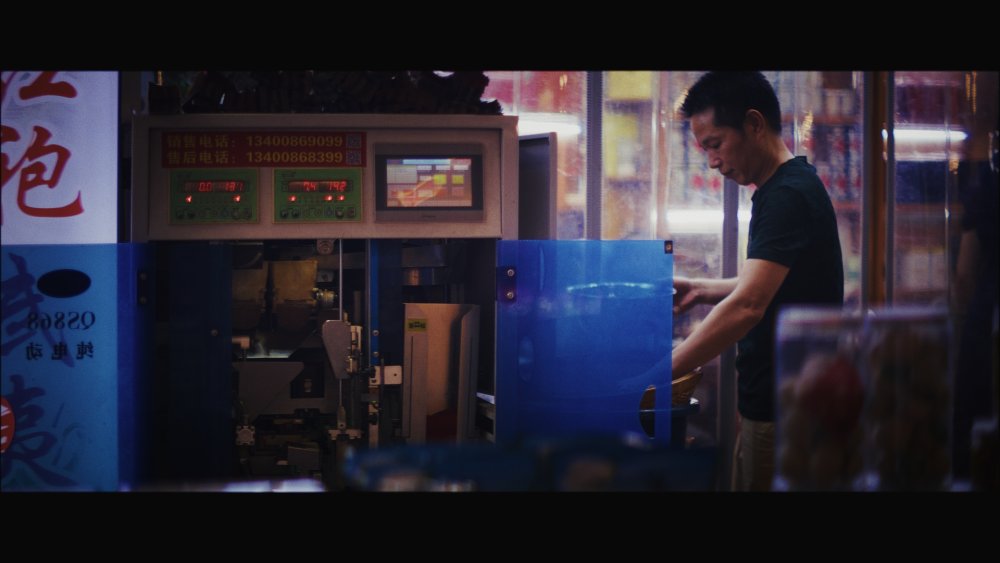
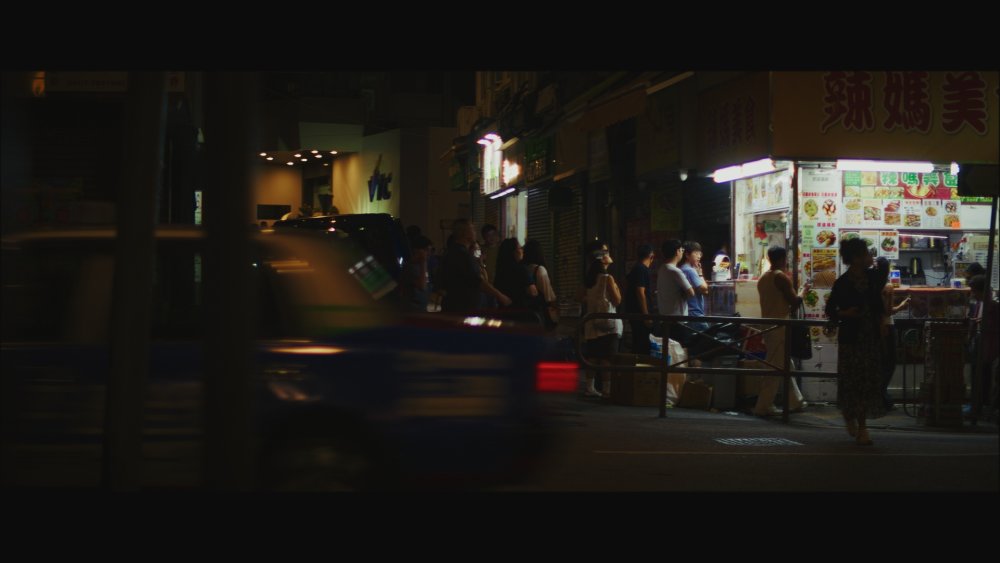
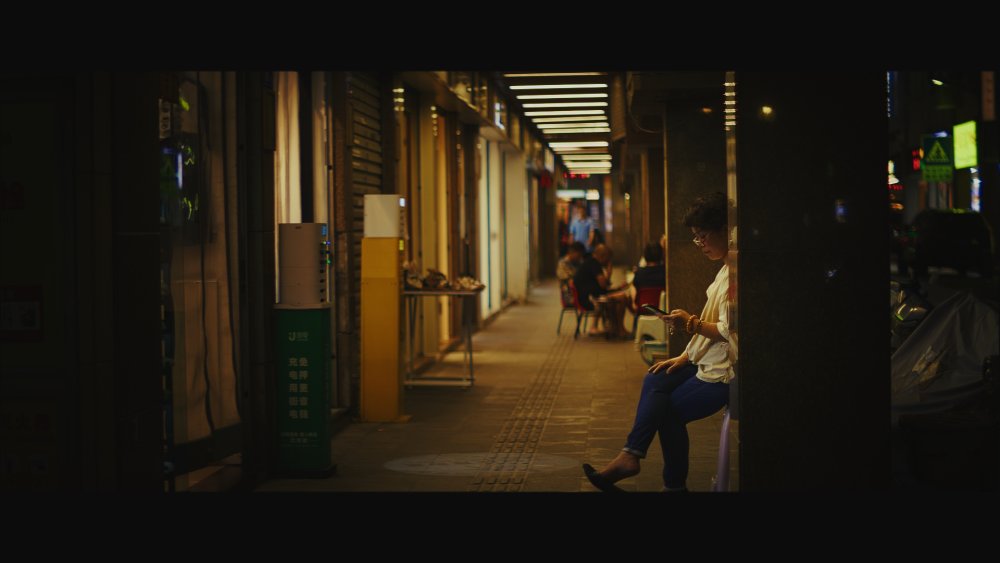
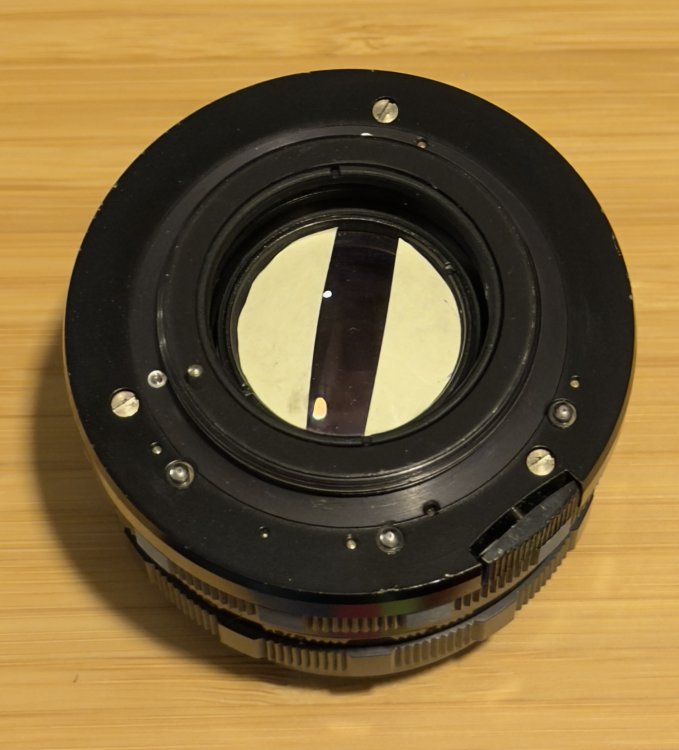

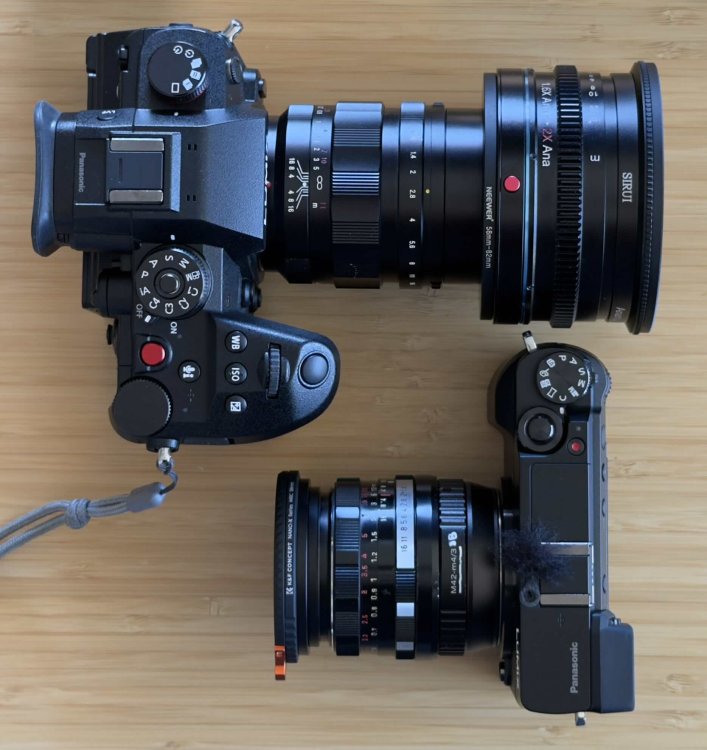


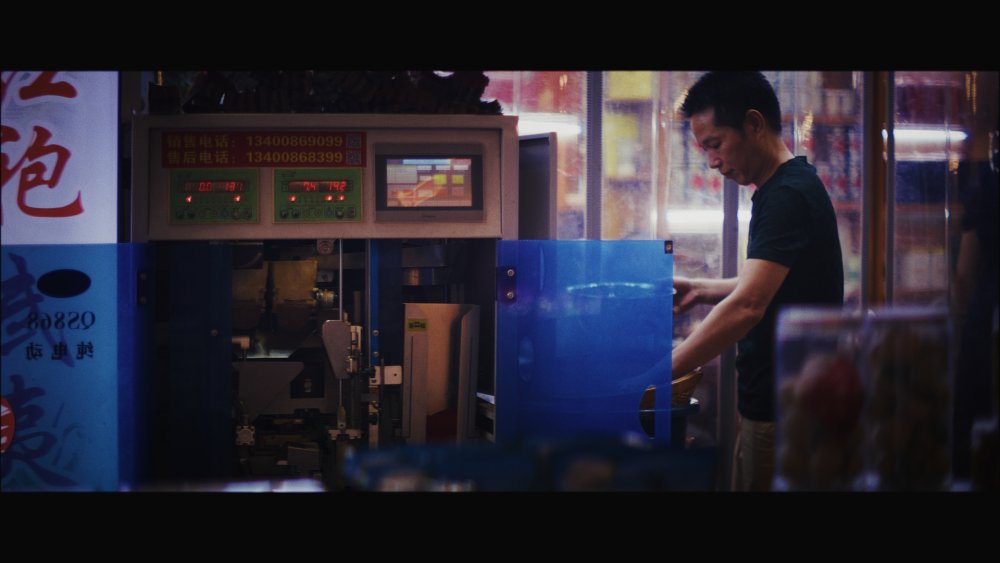
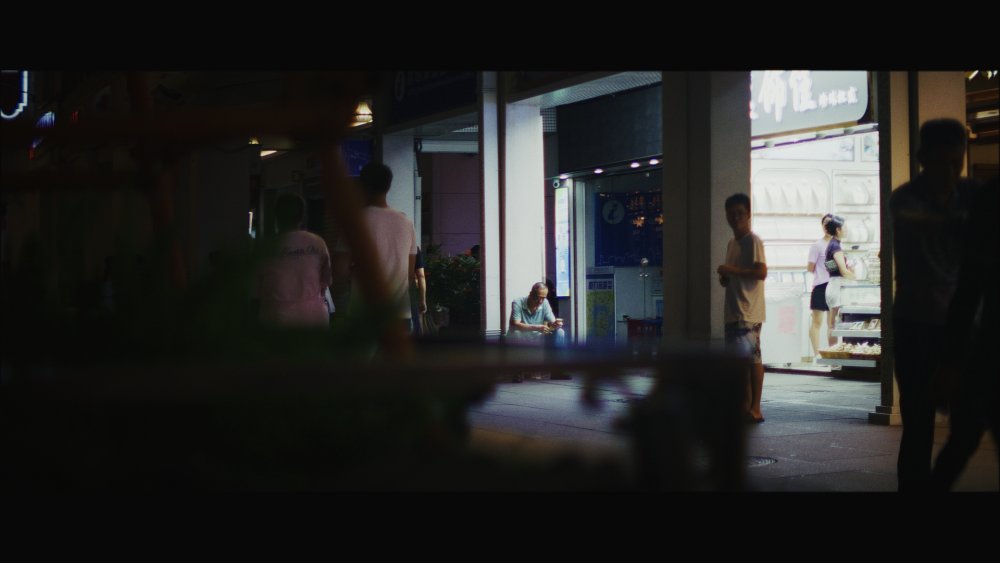
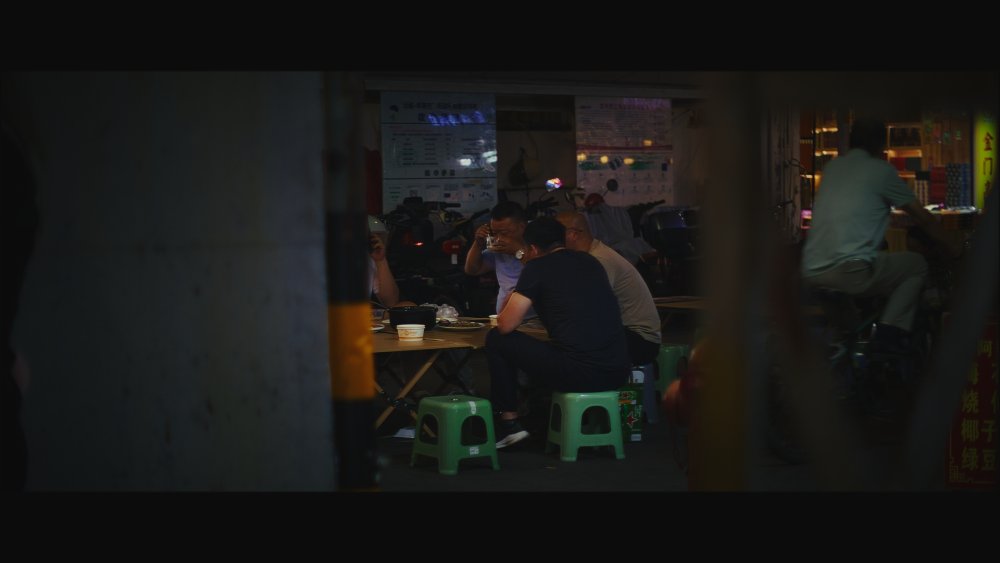
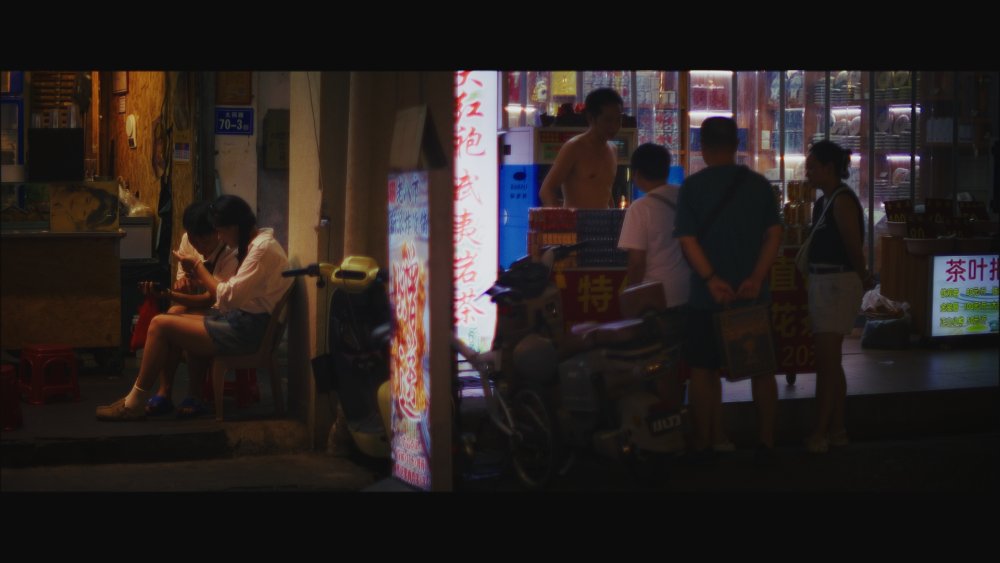
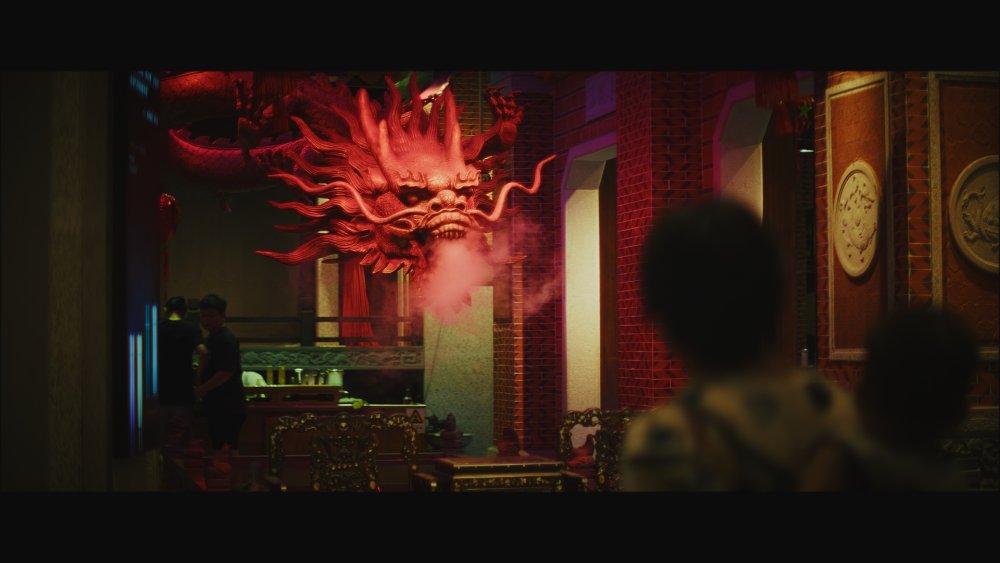
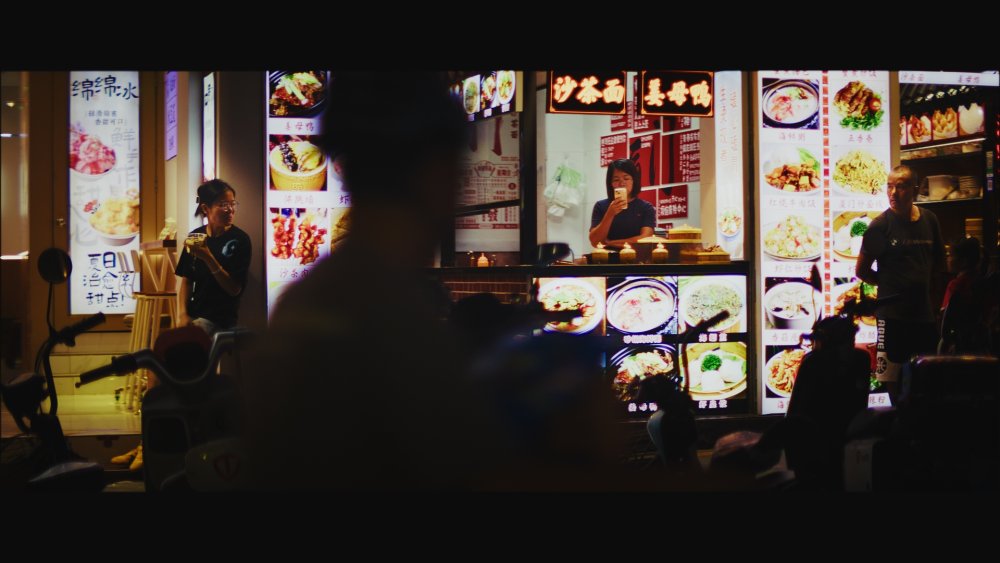
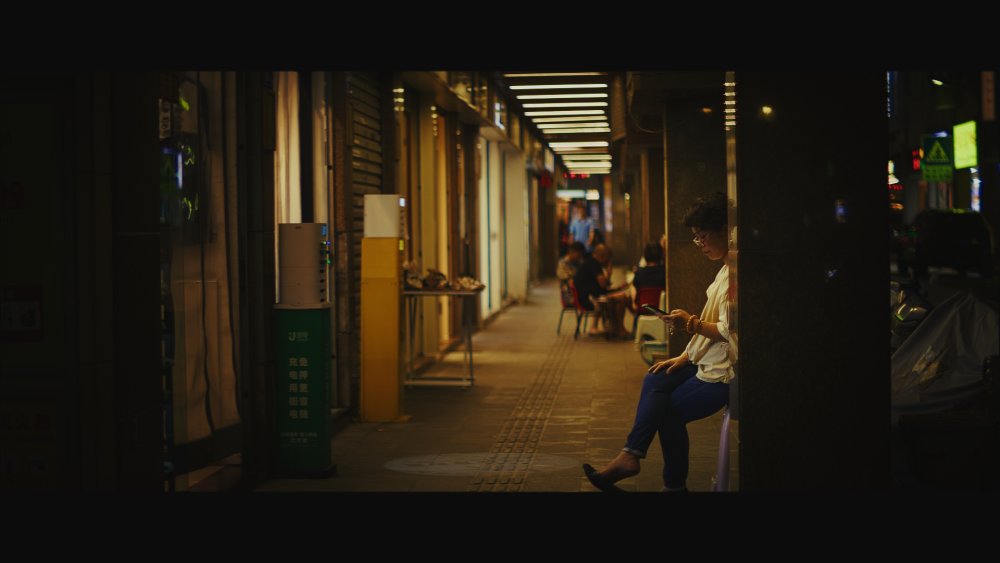
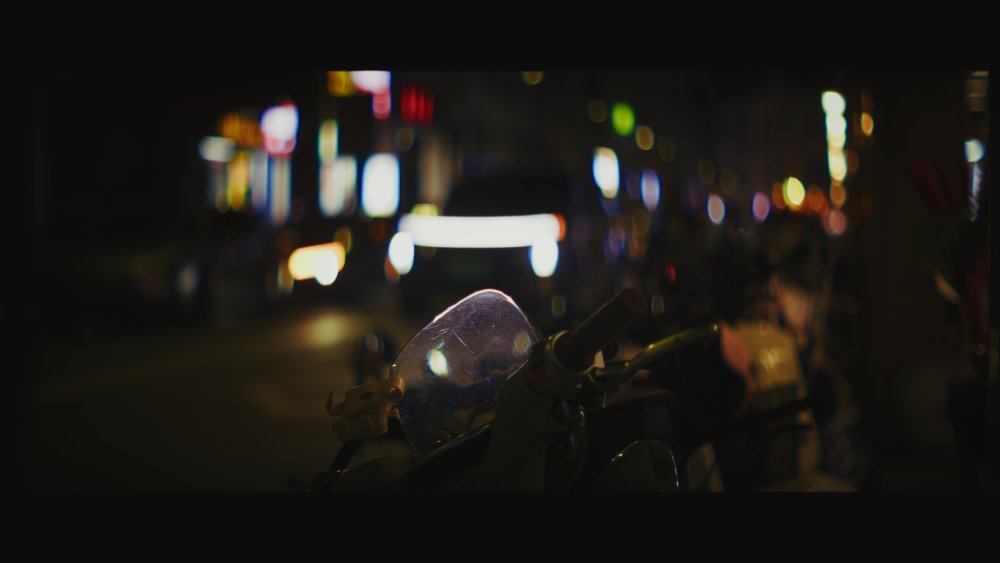
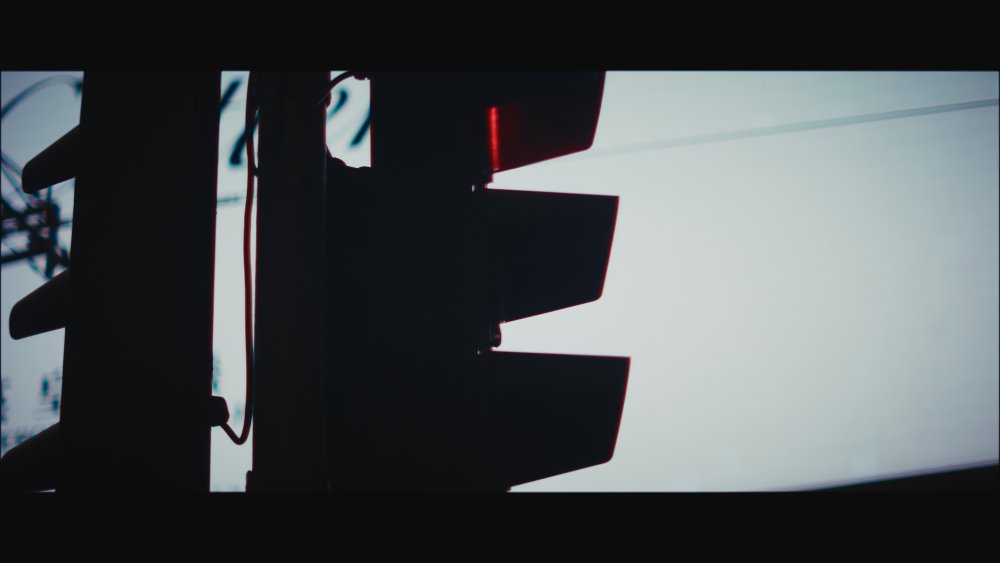
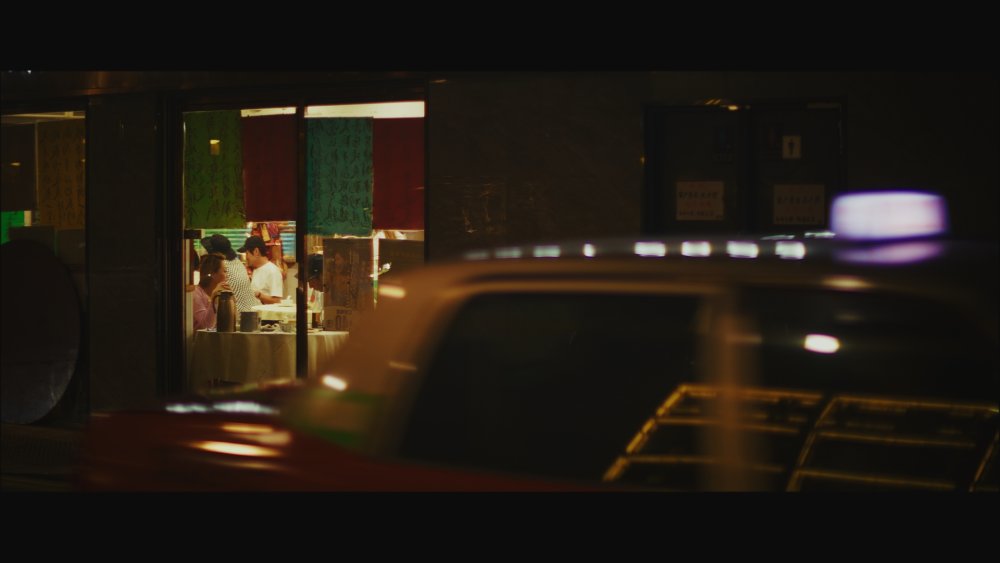
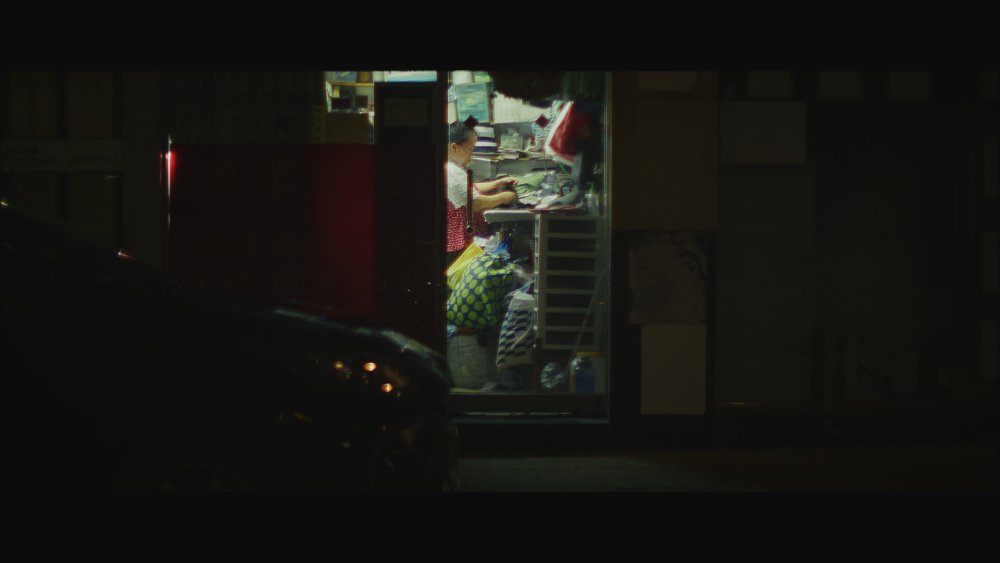
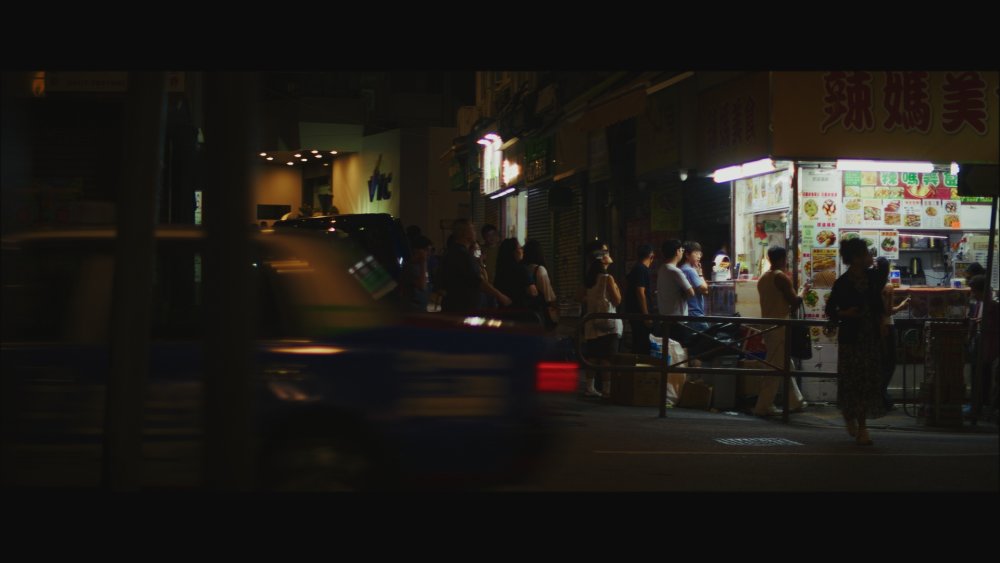
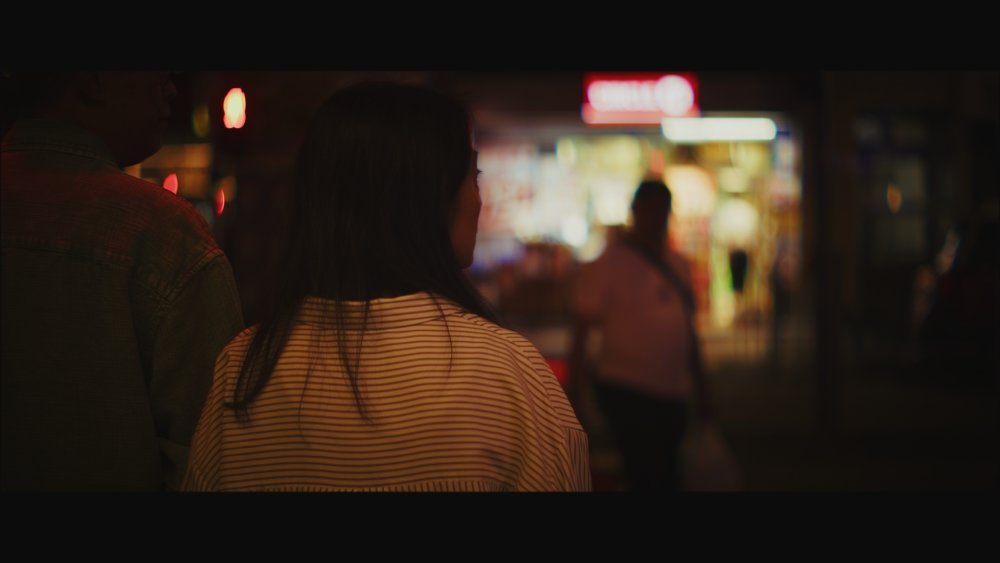
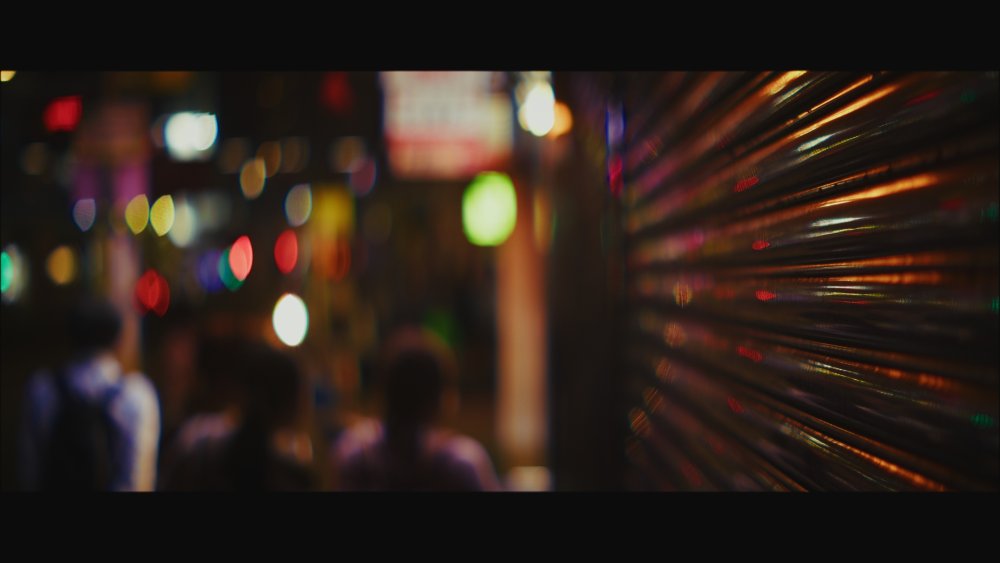
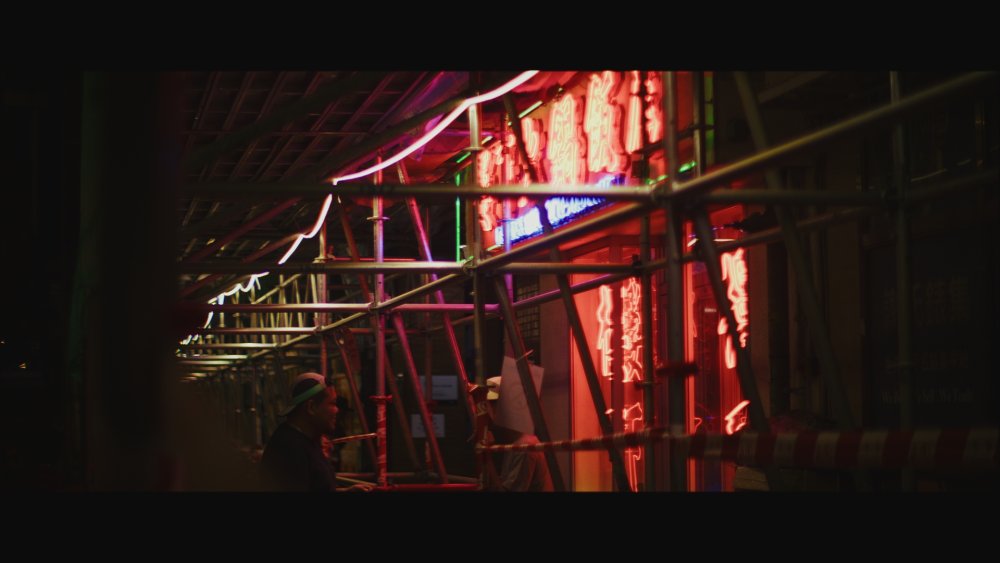
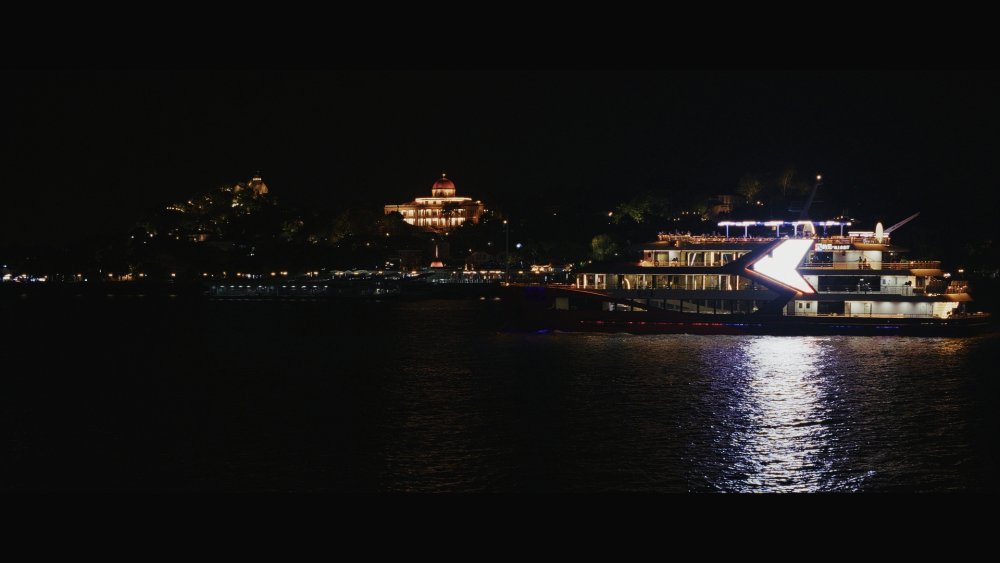
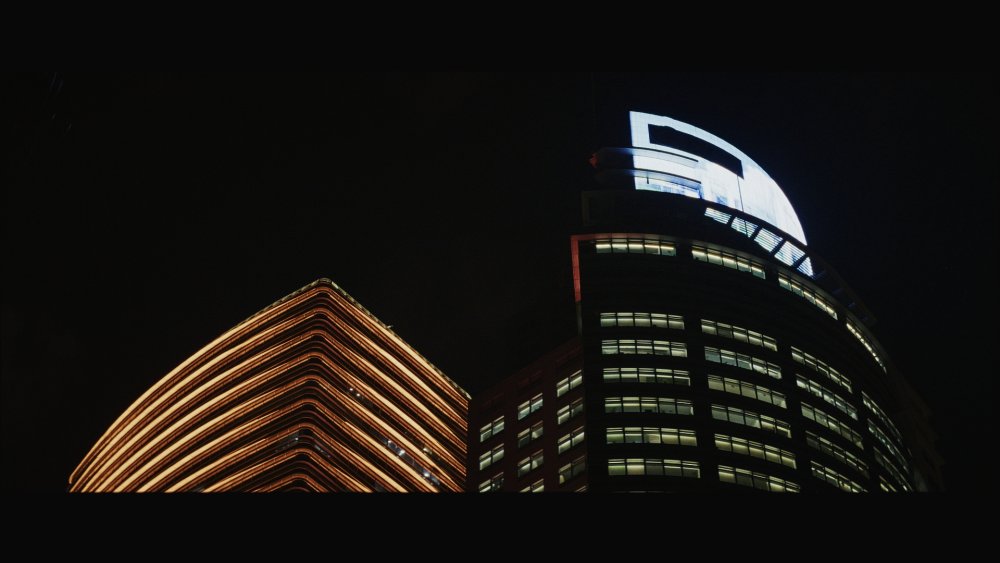
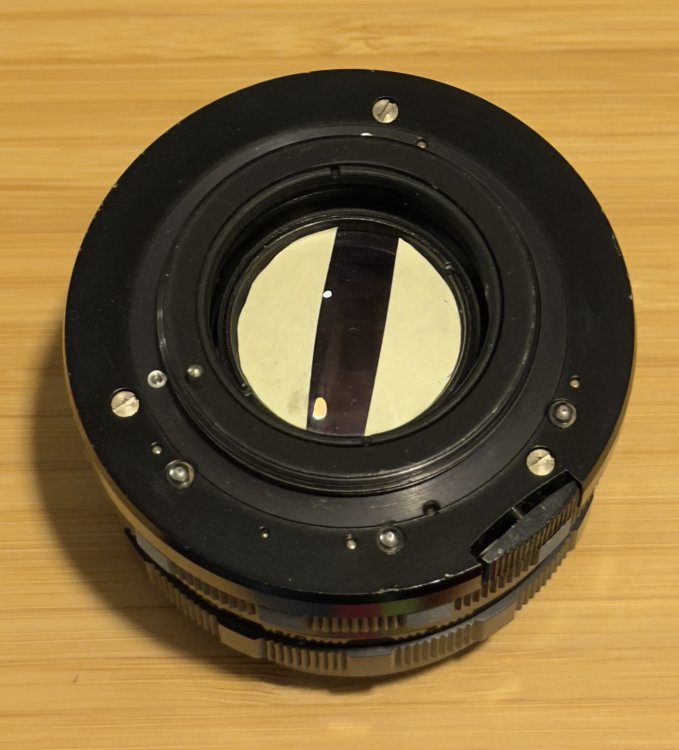
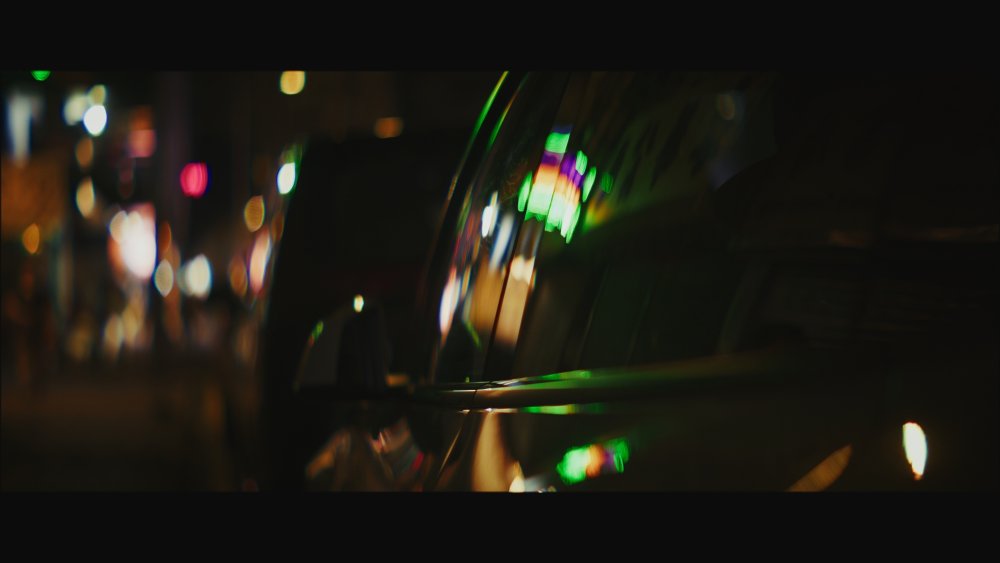
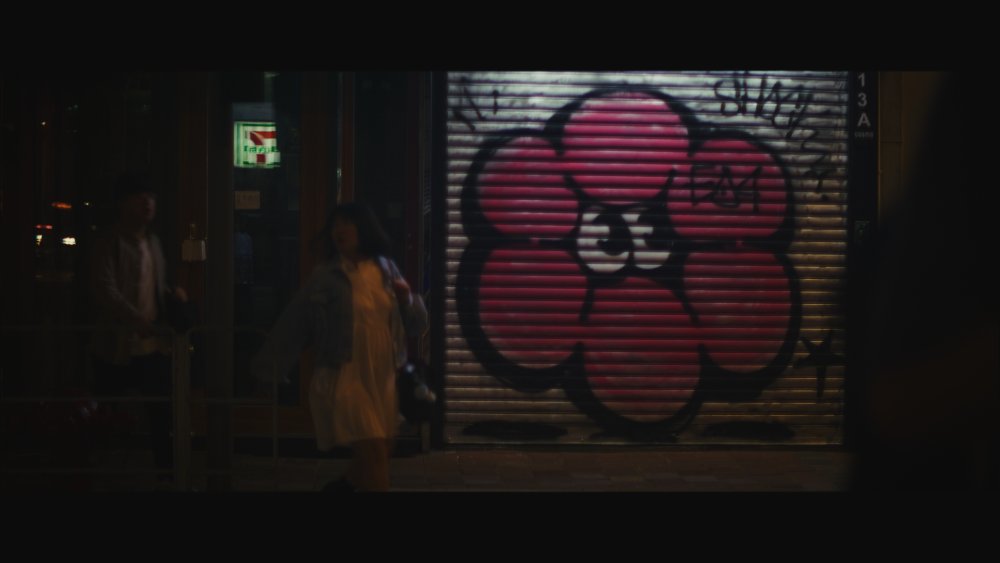
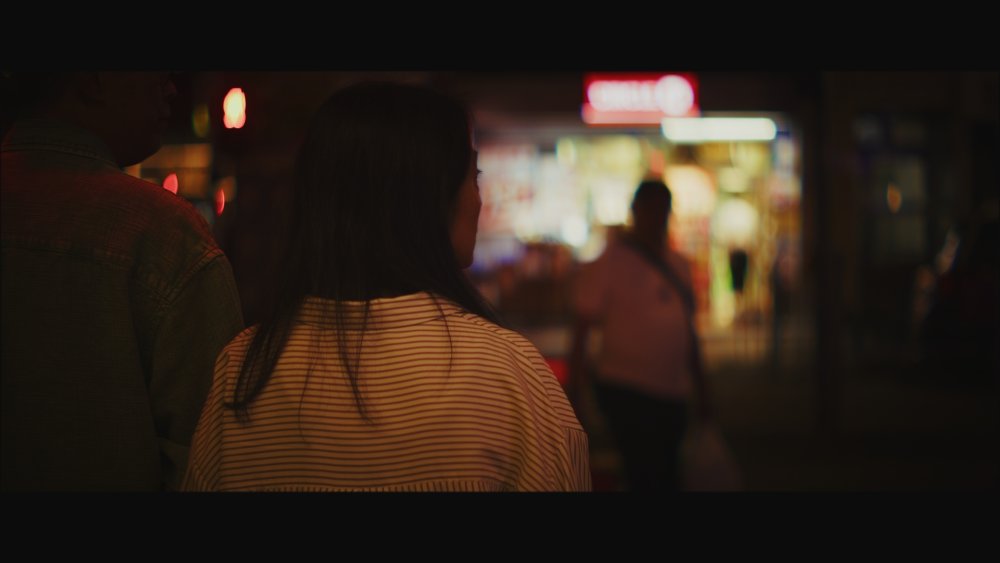
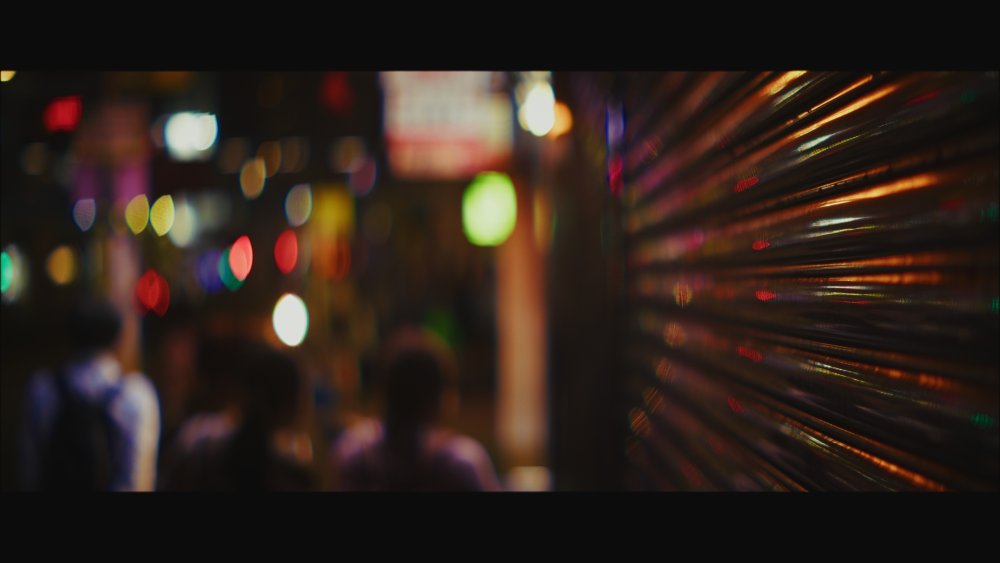
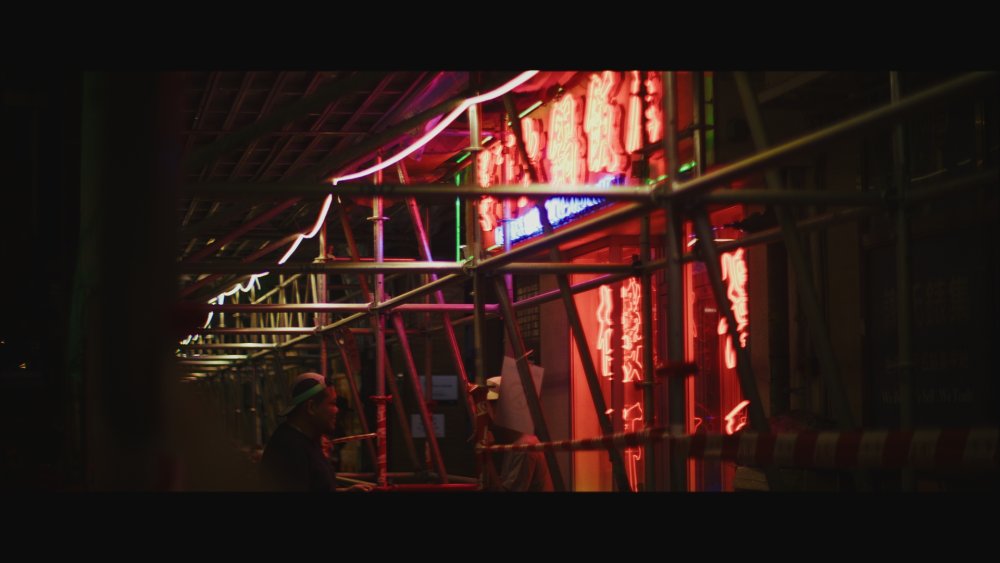
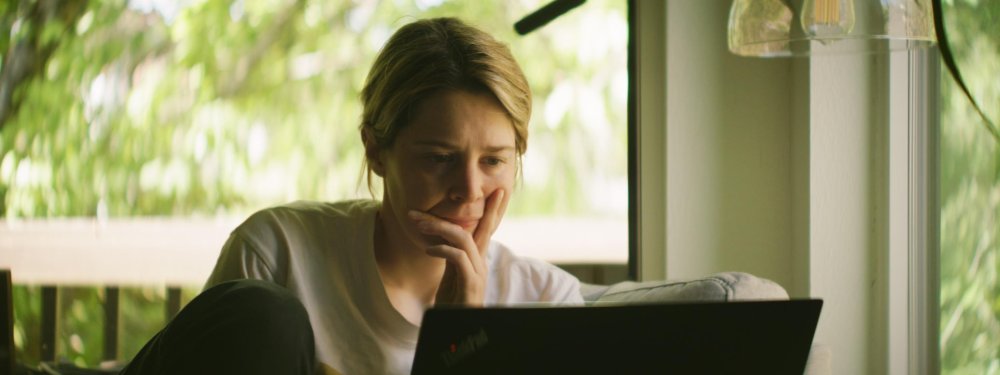
_1.2.1.thumb.jpg.3121de2fa91a61db3546cab951b51e5e.jpg)
